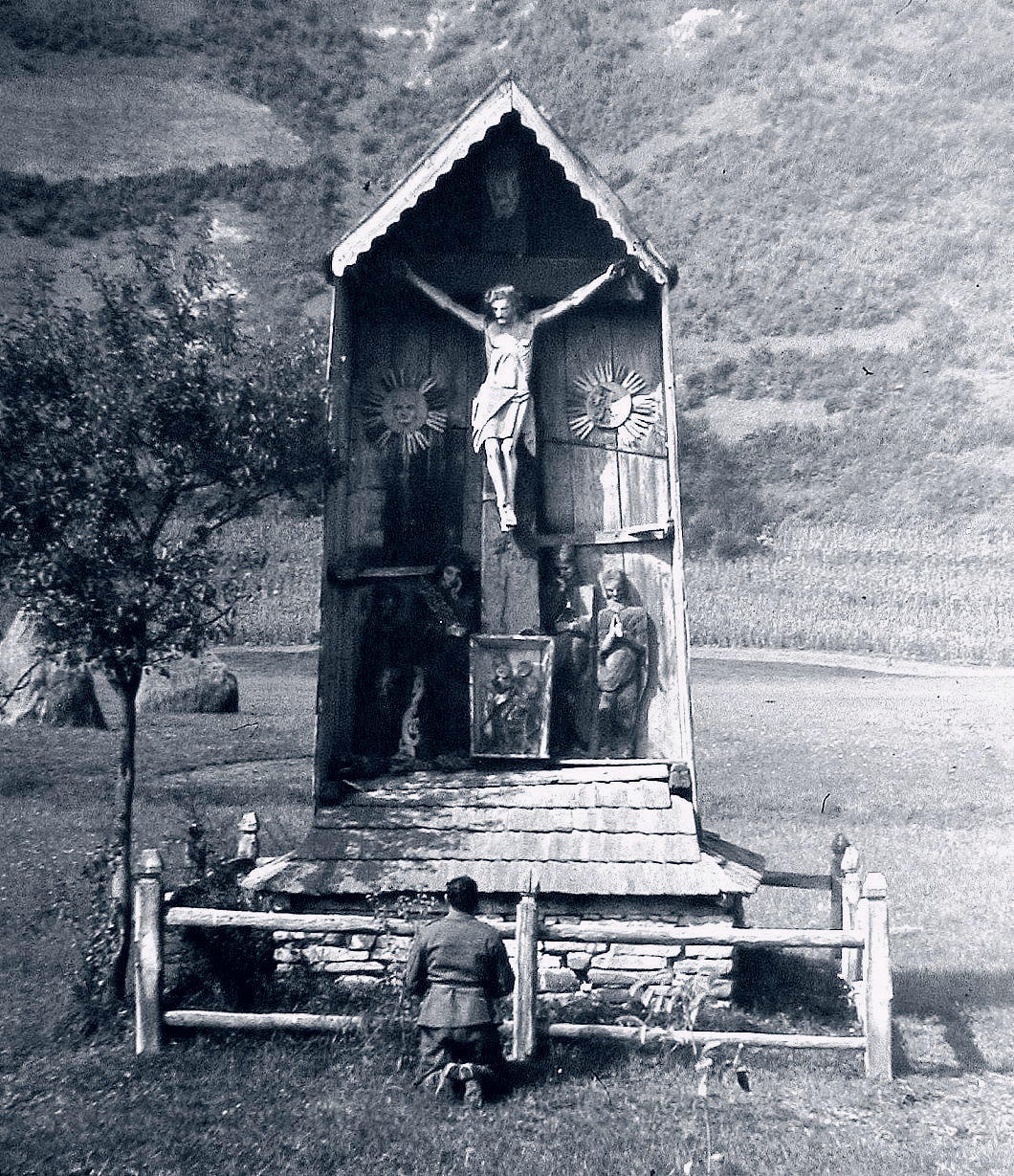Church
About Andrew Cusack
 Writer, web designer, etc.; born in New York; educated in Argentina, Scotland, and South Africa; now based in London.
Writer, web designer, etc.; born in New York; educated in Argentina, Scotland, and South Africa; now based in London. read more
News
Blogs
Reviews & Periodicals
Arts & Design
World
France
Mitteleuropa
Knickerbockers
Argentina
The Levant
Africa
Cape of Good Hope
Netherlands
Scandinavia
Québec
India
Muscovy
Germany
Academica
‘Knights of Massawa?’ Lecture
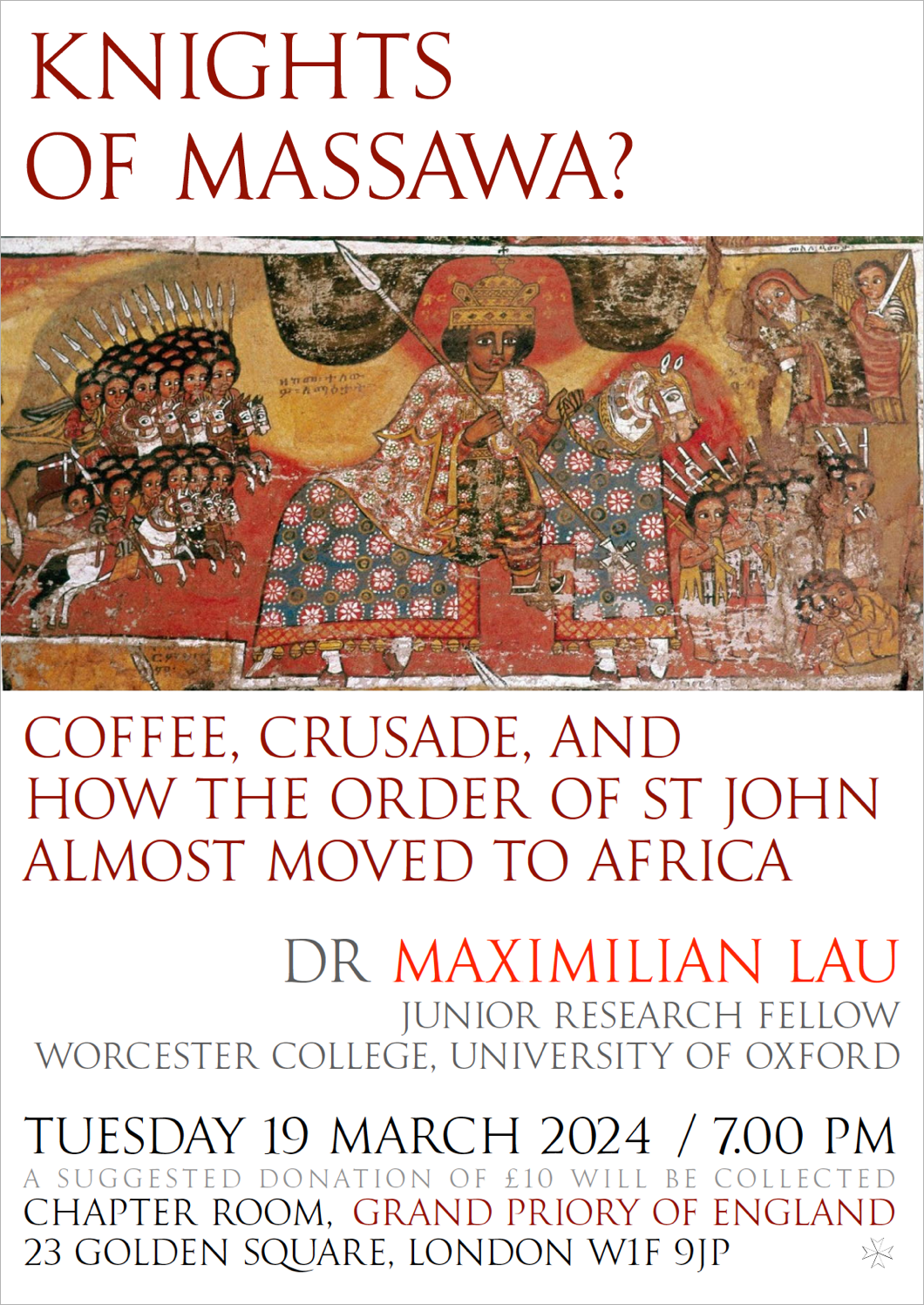
This will take place in the Chapter Room of the Grand Priory of England at 7.00 pm on Tuesday 19 March 2024.
All are welcome, and a voluntary contribution of £10 will be collected.
St Mary Overie in Lent
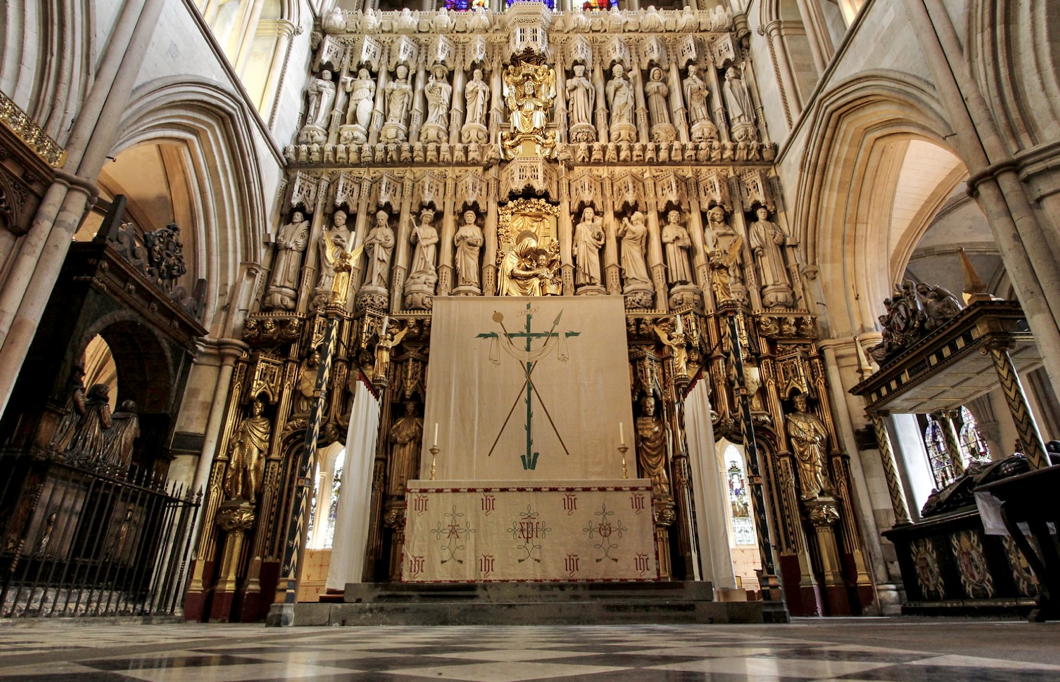
Here in Southwark I nipped in to Evensong in the late twilight of a winter’s day. They do it very beautifully with a full choir at the Protestant cathedral — old Southwark Priory or St Mary Overie to us Catholics, St Saviour’s to our separated brethren.
As it is the penitential season, the Lenten Array is up at Southwark Cathedral, theirs apparently designed by Sir Ninian Comper.
What is a Lenten Array? Sed Angli writes on the Lenten Array in general while Dr Allan Barton has written on Southwark Cathedral’s Lenten Array specifically.
And of course our friend the Rev Fr John Osman has one of the most beautiful Lenten Arrays at his extraordinary Catholic parish of St Birinus — a stunning church previously mentioned.
(The photograph of our local array is from Fr Lawrence Lew O.P.)
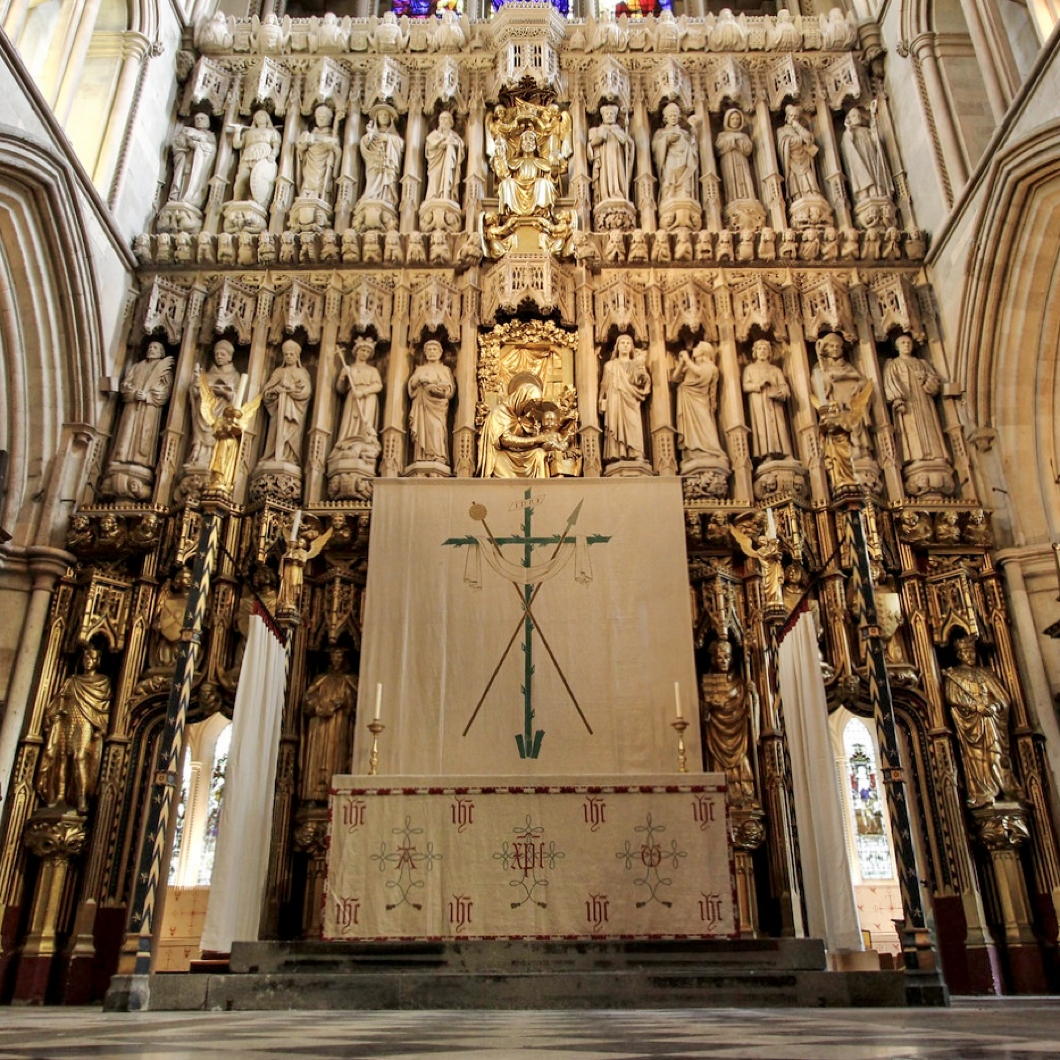
Die kleine dorpie Betlehem
JA JA JA, ons onthou: die Amerikaanse Episcopaalse biskop Phillips Brooks was nie ’n bolwerk van ortodoksie nie. Hy het die ryk van gevoel bo die waarheid verhef, maar nie noodwendig teen die waarheid nie — hulle het in die negentiende eeu nog ’n bietjie politesse gehad.
Soos R.R. Reno geskryf het: Brooks “het geen moeilike teologiese kwessies gedink of enige nuwe intellektuele grond gebreek nie.” In Nieu-Engeland was hy “heeltemal afgeleide en uiters invloedryk”.
Reg genoeg… en vandag leef ons in Brooks se nawêreld. Maar hy het ’n klein geskenk aan die wêreld gegee, en sy klein geskenkie was ’n lofsang — ’n Kersfees liedtjie.
Die wysie wat in Amerika gebruik word, is sakkarien. Maar die Britse een — “Forest Green” — is melodieus en goed. (’n Video hieronder, en Engels, gesing deur die koor van St George’s in Windsor-kasteel.)
lê rustig daardie nag,
terwyl dié wonderwerk gebeur
waarvoor die wêreld wag.
verskyn ’n nuwe dag
vir almal wat in nood verkeer
en op sy redding wag.
Toe God se Seun gebore is,
was daar geen plek vir Hom;
so word ’n donker dierestal
’n helder heiligdom.
verskyn ’n Koningster,
wat ewig lig en vrede straal
na mense wyd en ver.
O Koningskind daar in die krip,
U kom hier by ons woon.
Net U versoen ons sondeskuld
en maak ons lewe skoon.
want U kom ons herstel.
O Vredekoning, God met ons,
U is Immanuel.
Articles of Note: 6 January 2024
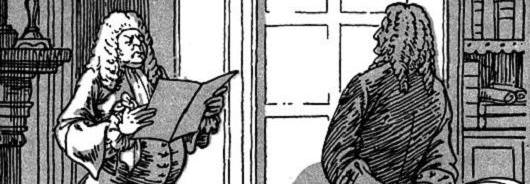
■ I had the great privilege of studying French Algeria under the knowledgeable and congenial Dr Stephen Tyre of St Andrews University and the country continues to exude an interest. The Algerian detective novelist Yasmina Khadra — nom de plume of the army officer Mohammed Moulessehoul — has attracted notice in Angledom since being translated from the Gallic into our vulgar tongue.
Recently the columnist Matthew Parris visited Algeria for leisurely purposes and reports on the experience.
■ While you’re at the Spectator, of course by now you should have already studied my lament for the excessive strength of widely available beers — provoked by the news that Sam Smith’s Brewery have increased the alcohol level of their trusty and reliable Alpine Lager.
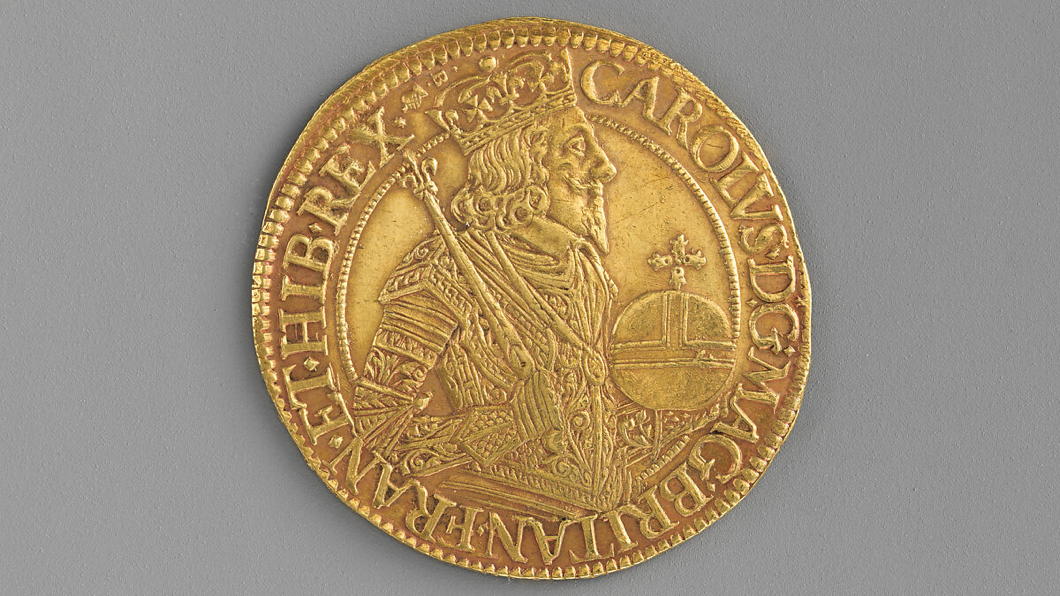
■ This week Elijah Granet of the Legal Style Blog shared this numismatic gem. It makes one realise quite how dull our coin designs are these days. I don’t see why we shouldn’t have an updated version of this for our currently reigning Charles.
■ Meanwhile Chris Akers of Investors Chronicle and the Financial Times has gone on retreat to Scotland’s ancient abbey of Pluscarden and written up the experience for the FT. As he settled into the monastic rhythm, Chris found he was unwinding more than he ever has on any tropical beach.
Pluscarden is Britain’s only monastic community now in its original abbey, the building having been preserved — albeit greatly damaged until it was restarted in 1948. The older Buckfast is also on its original site but was entirely razed by 1800 or so and rebuilt from the 1900s onwards. (Pluscarden also has an excellent monastic shop.)
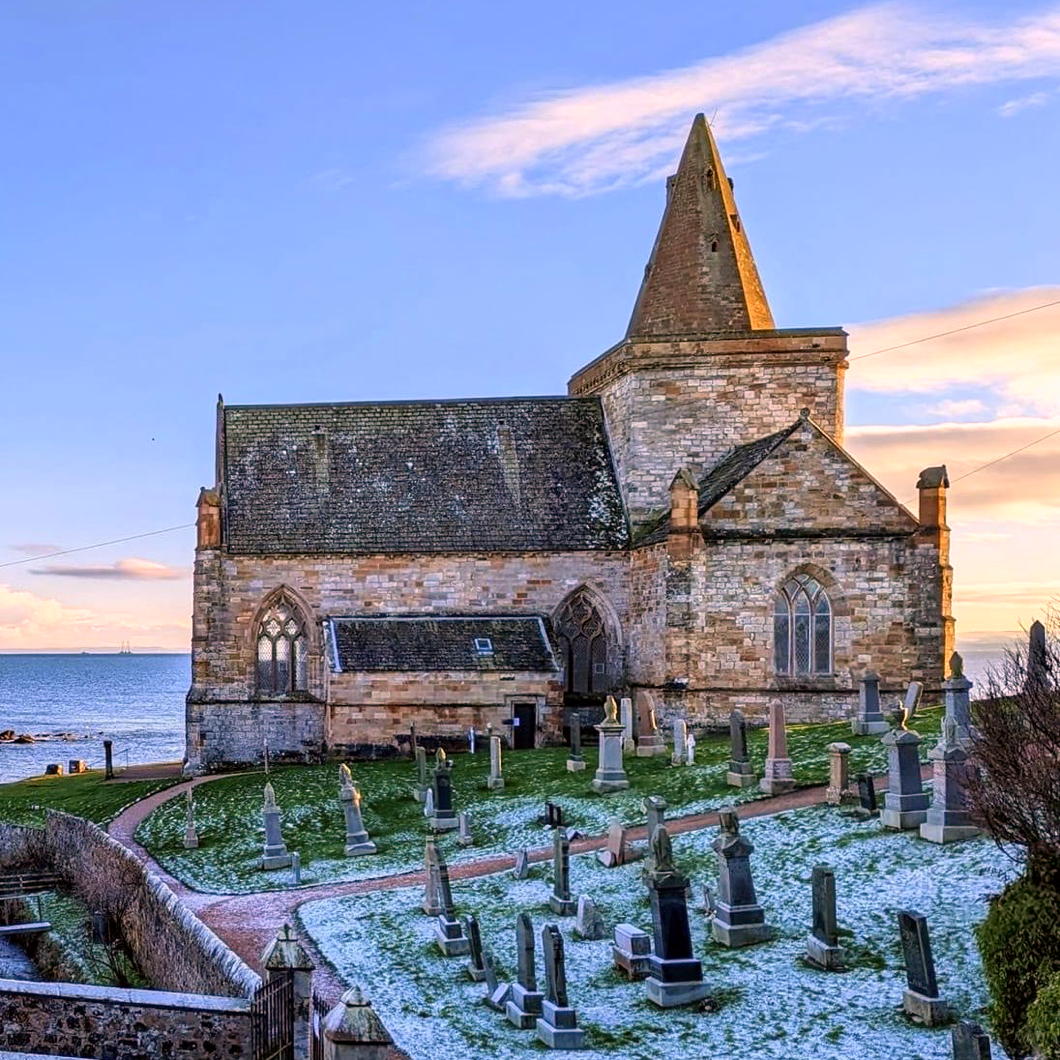
■ An entirely different and more disappointing form of retreat in Scottish religion is the (Presbyterian) state kirk’s decision to withdraw from tons of their smaller churches. St Monans is one of the mediæval gems of Fife, overlooking the harbour of the eponymous saint’s village since the fourteenth century, and built on the site of an earlier place of worship.
Cllr Sean Dillon pointed out the East Neuk is to lose six churches — some of which have been in the Kirk’s hands since they were confiscated at the Reformation, including St Monans.
John Lloyd, also of the FT, reported on this last summer and spoke to my old church history tutor, the Rev Dr Ian C. Bradley. More on the closures in the Courier and Fife Today.
What a dream it would be for a charitable trust to buy St Monans and to restore it to its appearance circa 1500 or so, available as a place of worship and as a living demonstration of Scotland’s rich and polychromatic culture that was so tragically destroyed in the sixteenth century. You could open with a Carver Mass conducted by Sir James MacMillan.
■ And finally, on the last day of MMXXIII, the architect Conor Lynch reports in from Connemara with this scene of idyllic bliss:

Regnum, Ecclesia, Studium
The threefold division of the world
As such he might be expected to have ideas about the idea of a university, and he wrote about them in The Spectator in August 1983.
Mister Grimond (as he still was then, only just), suggested those interested in the subject “might turn to a lecture by Ronald Cant, sometime Reader in Scottish History in the University of St Andrews”:
[…]
A vital aspect of this tripartite organisation, as Cant says, was that each should serve and support the other. But the studium, while interacting with the regnum and ecclesia, must maintain its independence.
It was certainly the business of the studium to advance knowledge, but that was not to be the end of the matter. Knowledge was linked to public service. The learned man had a duty to the community as well as a right to pursue his intellectual quarry. In fact he pursued the quarry on behalf of the community.
The tripartite division of the world, although old-fashioned, seems to me a useful concept, emphasising that government, morality, and higher education are separate but intertwined.
It seems to me that if we expel the regnum and the ecclesia utterly from the world of the university we shall end up paradoxically with universities totally dependent upon the state… but as subservient as those in Rome.
The liberal spirit gave birth and sustenance to universities; if its progeny does not foster it in the regnum they may indeed end up as purely vocational colleges.
Crisis Averted at Chartres
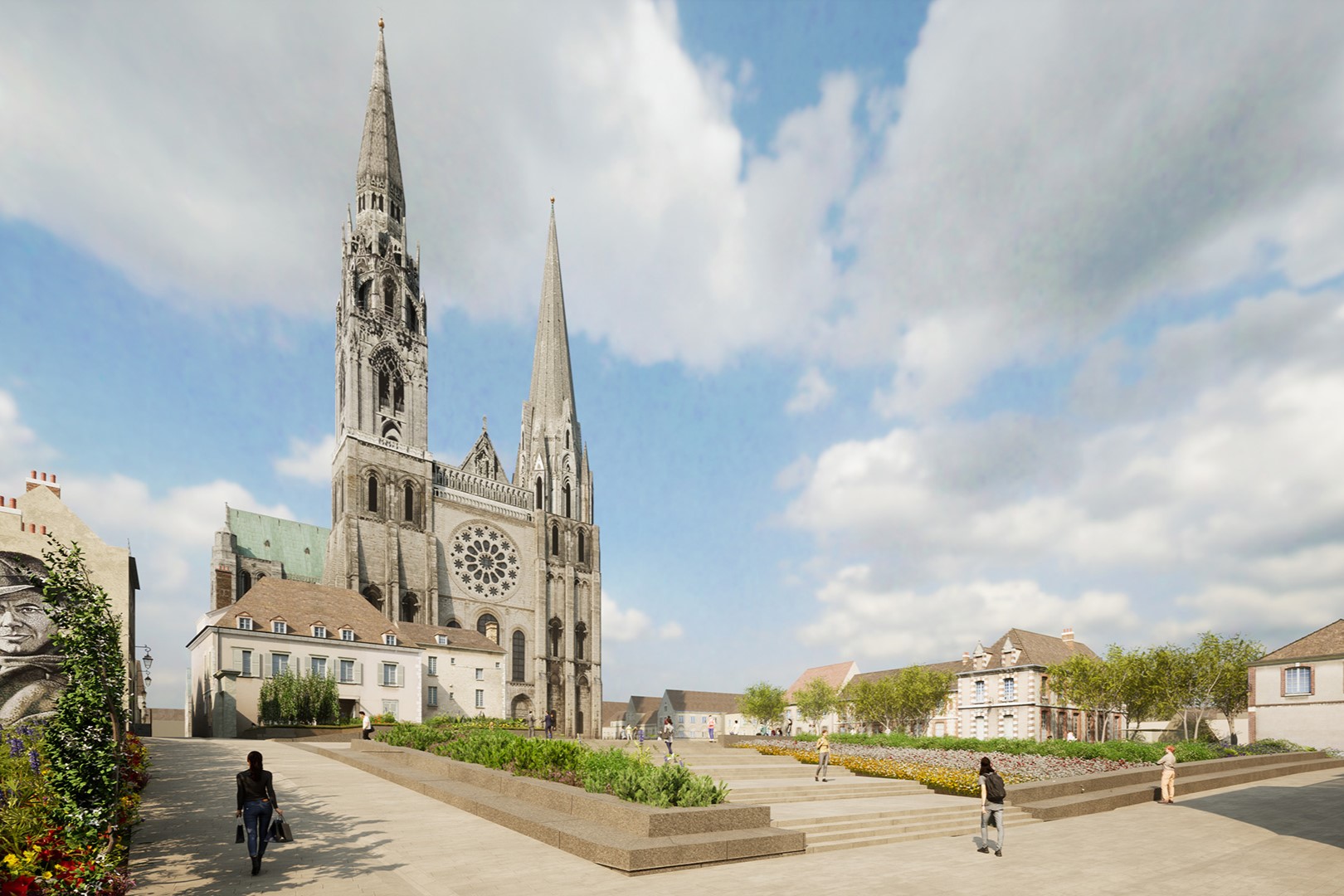
The rather garish and invasive plans to renovate the parvis of Chartres cathedral, turn it upside down, and install a museum underneath — previously reported on here in 2019 — have been radically revised in an infinitely less offensive direction.
The City of Chartres has released the final approved designs which show the esplanade of the cathedral renovated but left largely in place.
Instead of the original plan up reversing the grade of the parvis upwards away from the cathedral, the entire museum will be kept underground and out of sight. (more…)
The Ukrainians’ Secret Weapon
For those looking for an explanation as to the notable success of the Ukrainians on the battlefield in the current unpleasantness taking place in their country, look no further.
In a thread of tweets, the biblophile Incunabula reveals the Ukraine’s secret weapon: the Peresopnytsia Gospels (Пересопницьке Євангеліє).
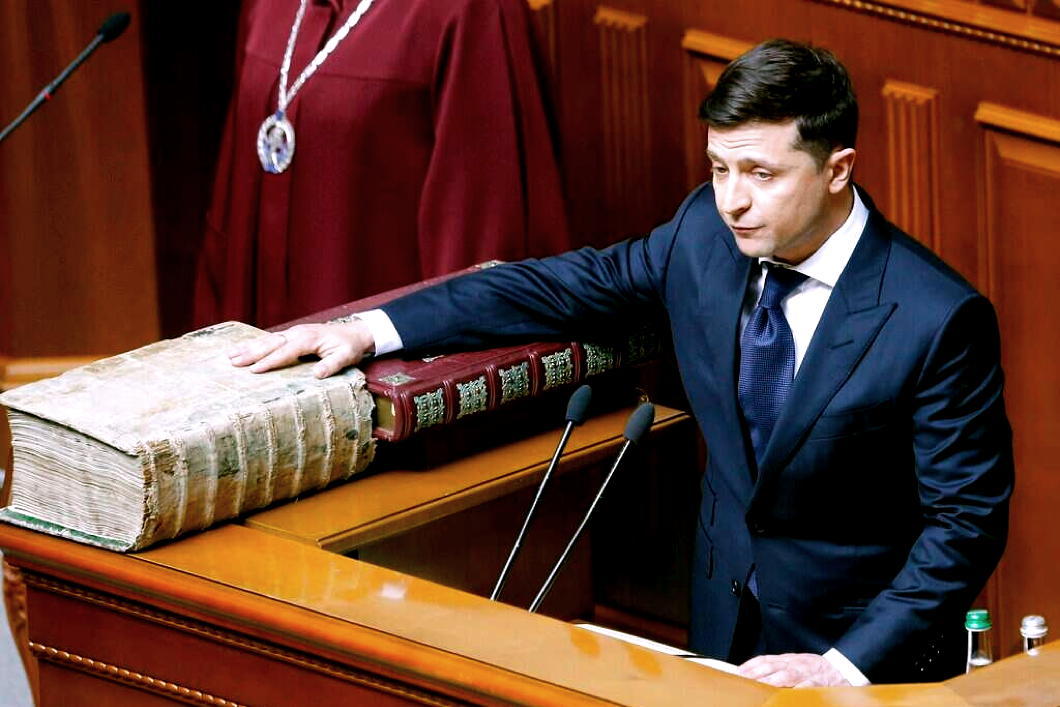
“All six Ukrainian Presidents since 1991,” Incunabula writes, “including Volodymyr Zelensky, have taken the oath of office on this book: the sixteenth-century Peresopnytsia Gospels, one of the most remarkably illuminated of all surviving East Slavic manuscripts.”
“The Peresopnytsia Gospels were written between 15 August 1556 and 29 August 1561, at the Monastery of the Holy Trinity in Iziaslav, and the Monastery of the Mother of God in Peresopnytsia, Volyn.”
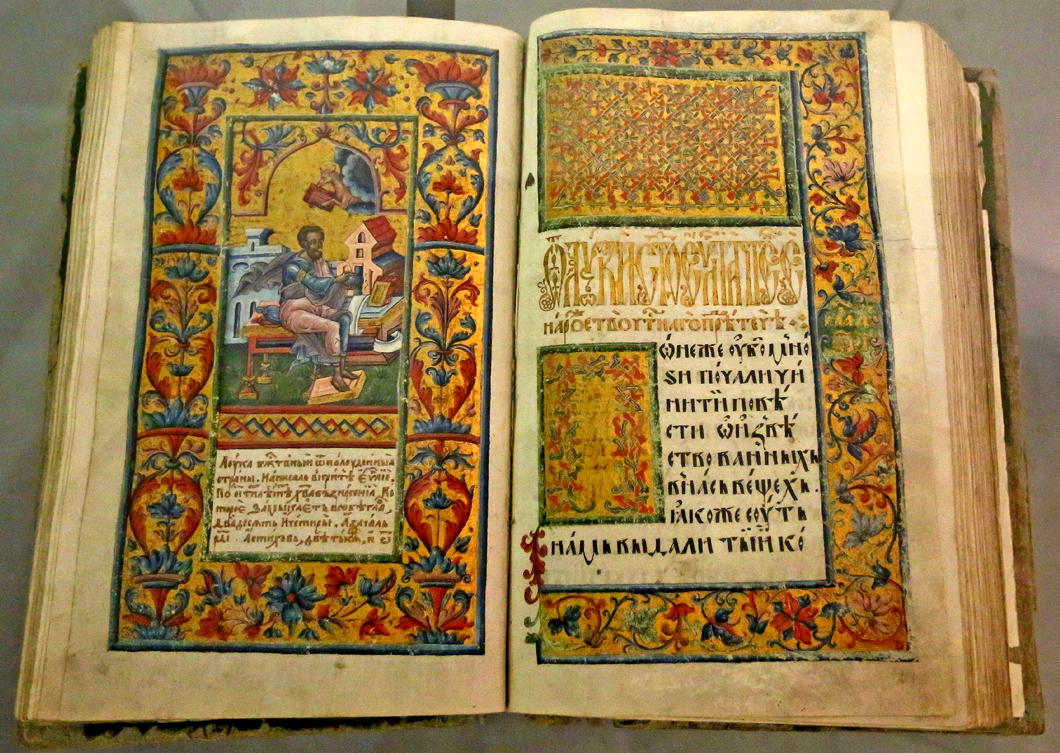
“This manuscript is the earliest complete surviving example of a vernacular Old Ukrainian translation of the Gospels. Its richly ornamented miniatures belong to the very highest achievements of the artistic tradition of the Ukrainian and Eastern Slavonic icon school.”
“The Peresopnytsya Gospels were commissioned in 1556 by Princess Nastacia Yuriyivna Zheslavska-Holshanska of Volyn, and her daughter and her son-in-law, Yevdokiya and Ivan Fedorovych Czartoryski. After its completion the book was kept in the Peresopnytsya Monastery.” (more…)
Special Mission to Rome
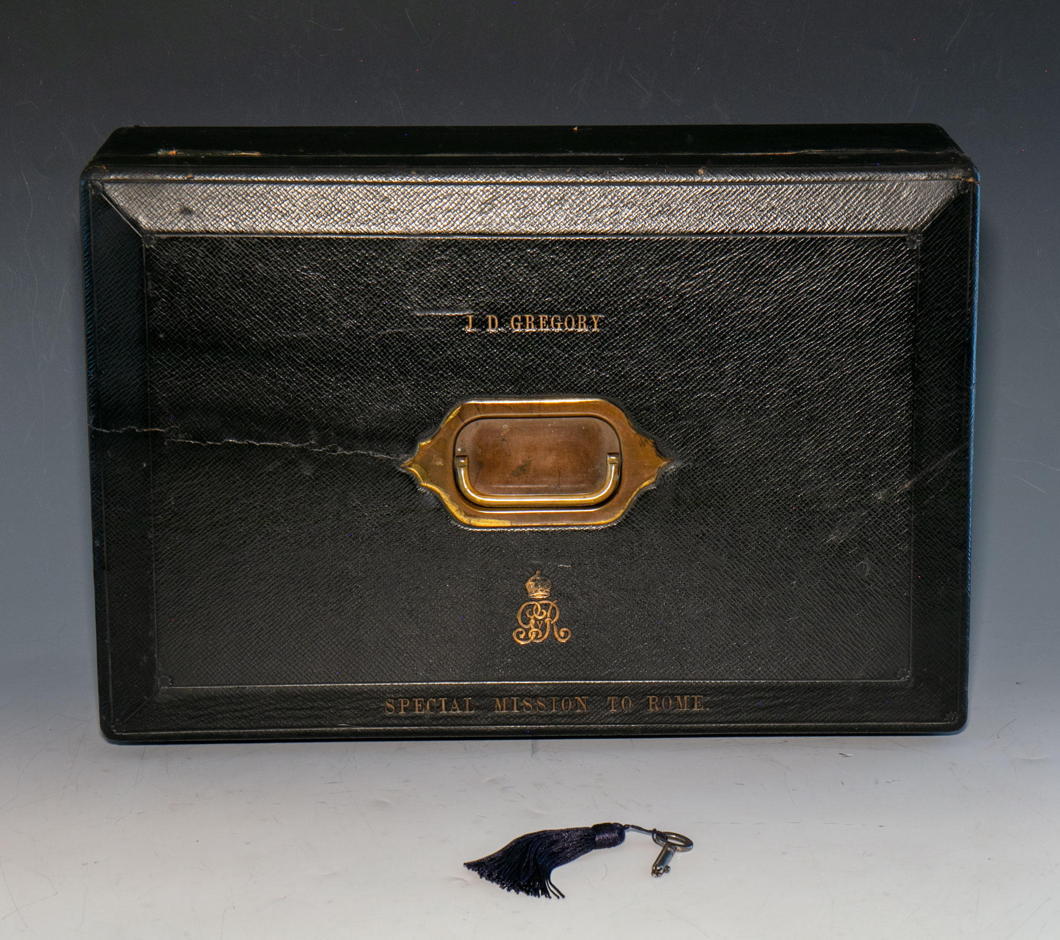
RELATIONS BETWEEN THE Court of St James’s and the Holy See have evolved in the many centuries since the Henrician usurpation. At times, such as during the Napoleonic unpleasantness, the interests of London and the Vatican were very closely aligned — despite the lack of full formal diplomatic relations. Later in the nineteenth century Lord Odo Russell was assigned to the British legation in Florence but resided at Rome as an unofficial envoy to the Pope.
It wasn’t until 1914 that the United Kingdom sent a formal mission to the Vatican, but this was a unique and un-reciprocated diplomatic endeavour — a full exchange of ambassadors would have to wait until 1982. (Until then, the Pope was represented in London only by an apostolic delegate to the country’s Catholic hierarchy rather than any representative to the Crown and its Government.)
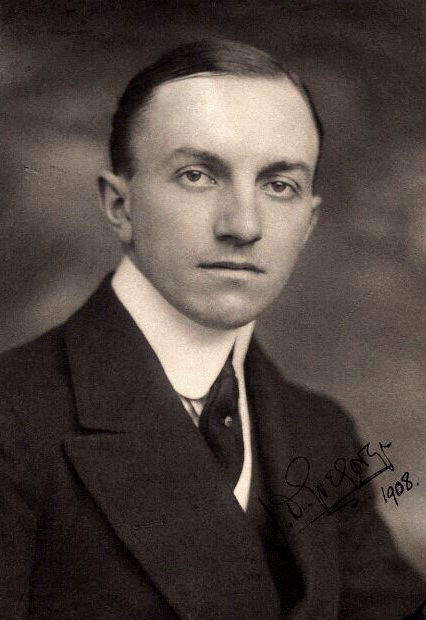 Within a year of the Special Mission to Rome being established, John Duncan Gregory (later appointed CB and CMG) was assigned to it. A diplomat since 1902 who had previously worked in Vienna and Bucharest, he was one of the central figures in the curious ‘Francs Affair’ of 1928, when two British diplomats were believed to have unduly abused their positions to speculate in currency. Despite being cleared of illegality, J.D. Gregory was dismissed from his diplomatic posting — though he was later rehabilitated.
Within a year of the Special Mission to Rome being established, John Duncan Gregory (later appointed CB and CMG) was assigned to it. A diplomat since 1902 who had previously worked in Vienna and Bucharest, he was one of the central figures in the curious ‘Francs Affair’ of 1928, when two British diplomats were believed to have unduly abused their positions to speculate in currency. Despite being cleared of illegality, J.D. Gregory was dismissed from his diplomatic posting — though he was later rehabilitated.
If there are any enthusiasts of the curious subcategory of accoutrement known as the despatch box, J.D. Gregory’s one dating from his time in Rome is currently up for sale from the antiques dealer Gerald Mathias.
It was manufactured by John Peck & Son of Nelson Square, Blackfriars, Southwark — not very far at all from me as it happens. (more…)
175 Years of St George’s Cathedral
ONE HUNDRED AND SEVENTY-FIVE years ago, at a time of great uncertainty in Europe, St George’s in Southwark was opened solemnly by Bishop Wiseman — writes the Cathedral Archivist Melanie Bunch. The ceremony was attended by thirteen other bishops in all their finery, of whom four were foreign. Hundreds of clergy of all ranks were in the procession and many of the Catholic aristocracy of England were present. The music was magnificent, the choir including professional singers.
Pugin’s neo-Gothic church was impressive but not finished, and it was not to be a cathedral for another four years. Dr Wiseman, who was both the chief celebrant and the preacher, was bishop of a titular see, as the Catholic dioceses of England and Wales did not yet exist. Nonetheless the opening marked a significant stage in the revival of the Catholic Church in this region. The spur had been the spiritual needs of the poor Irish who had long formed settled communities in parts of London and other cities. The plans for the church had been drawn up in 1839 – before the severity of the famine in Ireland, which began in 1845, could have been foreseen. Some had considered the size of the new church unnecessary, but it turned out to be providential, as immigration from Ireland to this locality and elsewhere was reaching a peak at this time.
The extraordinary turmoil in Europe that had started early in the year in Sicily could not be ignored. In February Louis-Philippe was dethroned in France. There was anxiety that revolution might cross the Channel. Pugin decided that he should obtain muskets to defend his church of St Augustine under construction in Ramsgate. Revolution spread to German and Italian states and countries under Austrian rule. For four days in late June, there was a brief and bloody civil uprising in Paris.
While Europe was ablaze, London was calm, and the opening went ahead. In his homily, Wiseman praised God for all his mercies to this country. From our perspective, we might have expected that he would have spoken about the dark days of persecution, or at least the struggles of the recent past to get such a large church built, constantly hampered by lack of funds. Rev. Dr Thomas Doyle, whom we honour as the founder of the Cathedral, was present and assisting at the Mass, but his courage, faith, and dogged persistence over many years were not acknowledged on this occasion.
We might remember that a Catholic event like this had not been witnessed in England since the Reformation, seemingly prompting Wiseman to take the opportunity to explain to the non-Catholics present that the ceremony and display of the Catholic Church came from a desire to show greater respect for God. To the foreign bishops he said that their presence proved the unity and diversity of the Church. At the end of his homily, Wiseman caused a sensation by reading out a letter from the Archbishop of Paris, Mgr Affre, regretting that he could not attend the opening. By then it was known that he had already died from wounds received on the barricades while he was trying to mediate with the rebels. Wiseman called him a martyr.
Among others who never saw the opening are some who served St George’s mission with Thomas Doyle at the earlier chapel in London Road. Three of them had died before their time, only a few years before, from diseases endemic among their flock. We remember them and all who have served the Cathedral with gratitude. At the time of the opening, St George’s was the largest Catholic church in London, and for the next fifty years was to be the centre of Catholic life in the metropolis. Much has changed since, including the rebuilding of the Cathedral, but we give thanks to Almighty God who continues to sustain it. (more…)
A Night Litany for London
Wanderers in central London who find themselves in the whereabouts of Piccadilly Circus or Soho of a Tuesday evening can avail themselves of the devotions offered by the Guild of Our Lady of Warwick Street.
Every week, the Rosary is said along with other prayers at this statue in Warwick Street Church. They conclude with the rather beautiful and moving ‘Night Litany for London’ imploring God’s mercy upon the many inhabitants of our capital city.
Its original form is believed to have been composed by the Rev’d H.A. Wilson, vicar of the Protestant parish of St Augustine in Haggerston. Msgr Graham Leonard — in the days when he was Anglican Bishop of London — also published a version through the Church Literature Association (a High Church body) with an introduction he wrote himself.
The version used at Warwick Street is included here:
OUR LADY of Warwick Street,
we plead before Thee
to present our prayers before the Throne of Grace
for all in this great city of London
who tonight need Thy merciful love and protection.
ON ALL who work tonight —— Lord, have mercy.
On the police, fire, and ambulance services —— Lord, have mercy.
On hospitals, doctors, and nurses —— Lord, have mercy.
On clergy and chaplains called out tonight —— Lord, have mercy.
On the homeless and destitute —— Lord, have mercy.
On all lost and vulnerable people —— Lord, have mercy.
On the lonely —— Lord, have mercy.
On the elderly —— Lord, have mercy.
On abused children —— Lord, have mercy.
On loveless marriages and broken homes —— Lord, have mercy.
On those who self-harm —— Lord, have mercy.
On the sick and suffering —— Lord, have mercy.
On the mentally ill —— Lord, have mercy.
On those undergoing operations —— Lord, have mercy.
On those who cannot sleep tonight —— Lord, have mercy.
On those who are depressed —— Lord, have mercy.
On those who misuse the internet —— Lord, have mercy.
On all prisoners and prison staff —— Lord, have mercy.
On all prostitutes and their clients —— Lord, have mercy.
On those addicted to alcohol and drugs —— Lord, have mercy.
On all immigrants feeling lonely and insecure tonight —— Lord, have mercy.
On all who live in fear —— Lord, have mercy.
On all victims of crime —— Lord, have mercy.
On those planning to commit a crime tonight —— Lord, have mercy.
On those who are driving tonight —— Lord, have mercy.
On all involved in accidents —— Lord, have mercy.
On those who are bereaved tonight —— Lord, have mercy.
On those for whom tonight will be their last on earth —— Lord, have mercy.
On those dying without the knowledge of Thy Love for them —— Lord, have mercy.
On those who are afraid to die —— Lord, have mercy.
On those tempted to suicide —— Lord, have mercy.
On the terminally ill —— Lord, have mercy.
On ourselves at our last hour —— Lord, have mercy.
ON BEHALF of all Londoners who today have said no prayers, let us say together:
Our Father …
Hail Mary …
℣. Most Sacred Heart of Jesus: ℟. Have mercy upon us. (thrice)
Celebrating Saint Nicholas in New York
As any fool knows, the great city of New York has as its patron and protector a great and holy saint, the wonderworker Nicholas of Myra (AD 270-343).
A great city and a great saint merit a great feast, and since 1835 the Society of Saint Nicholas in the City of New York has risen to the task of commemorating the holy bishop as well as rendering honour to our Dutch forefathers of old who founded New Amsterdam in the colony of New Netherland where the waters of the Hudson meet the Atlantic Ocean.
Blustering through the archives, it is rewarding to read of how this feast has been kept over the years.
This little snippet from The New York Times relays the St Nicholas Society’s feasting in 1877:
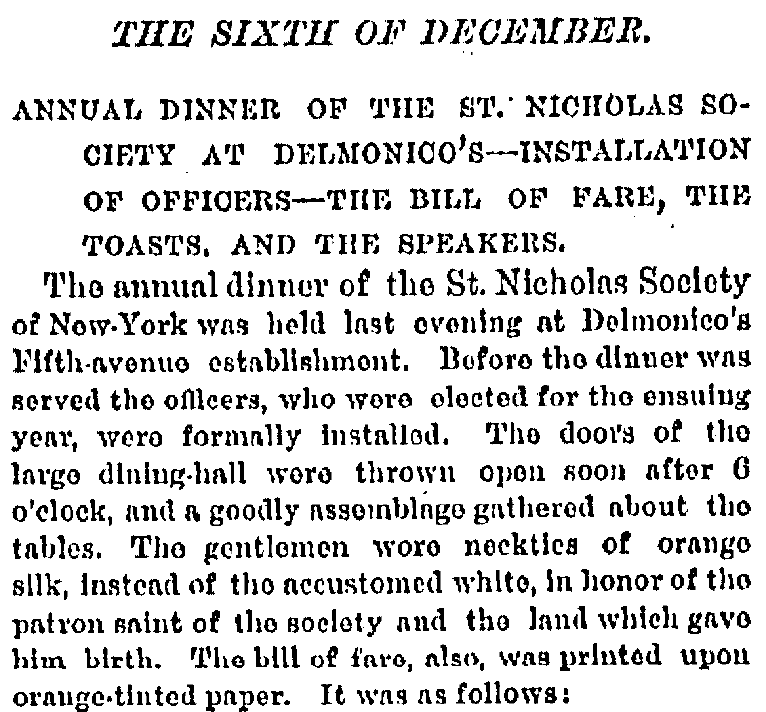
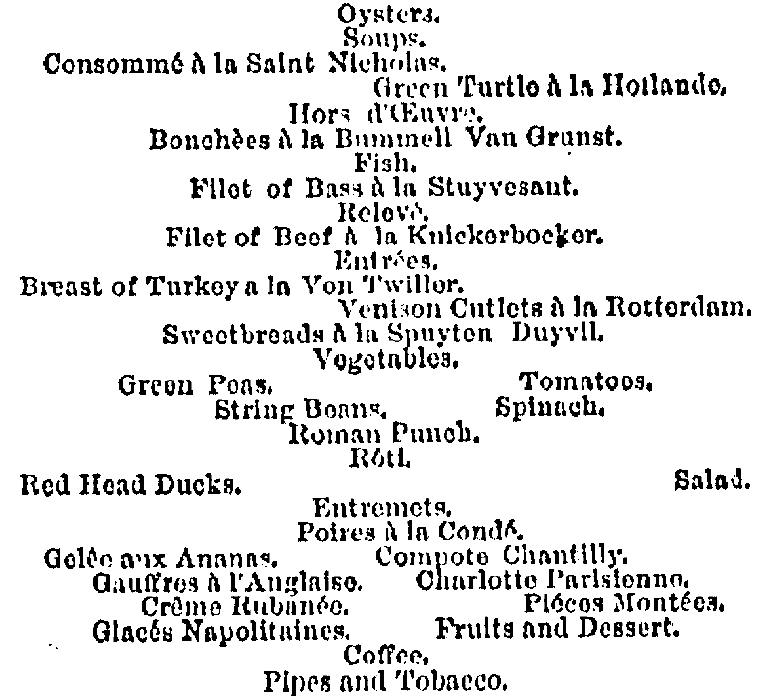
Sounds like quite a meal, but it was followed by toasts and responses appropriate to St Nicholas Day and to the city:
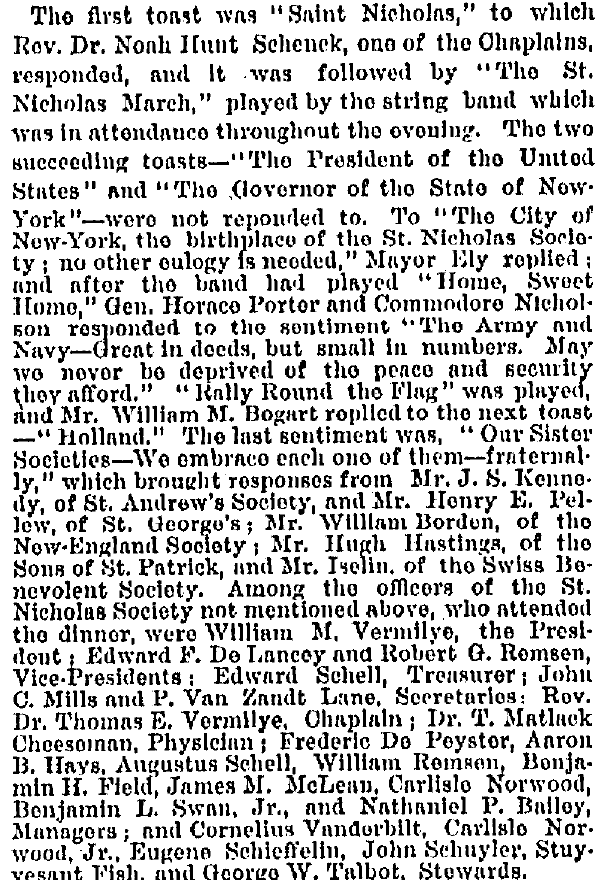
Just over a decade later in 1888, the Times again gives its report on what sounds like an amusing evening:
After an elaborate dinner had been discussed and as the coffee and long clay pipes were handed around, the old weathercock that Washington Irving gave the society was brought in and placed at its post of honor before the President, and the toast-making was begun. Austin G. Fox replied to the toast “Saint Nicholas,” and paid an eloquent tribute to the memory of W. H. Bogart of Aurora, N.Y., who had answered that sentiment at nearly every previous dinner.
The toast “The President of the United States” was drank standing and was lustily cheered. Ex-Judge Henry E. Howland made a witty response to “The Governor of the State of New-York,” touching upon every other imaginable subject but the one to which he was to respond, and James C. Carter responded to “Our City.” The Rev. Dr. J.T. Duryea spoke to “Holland,” and Warner Miller, in the absence of Gen. Sherman, replied to “The Army and Navy.” Joseph H. Choate made a characteristic reply to “The Founders of New-Amsterdam.”
The newspaper further relates that: “At the request of the St. Nicholas Society, Mayor Hewitt had flags displayed on the City Hall yesterday in honor of the festival of St. Nicholas, the patron of this city.”
In 1907, the Society’s members and guests marched into dinner at Delmonico’s two-by-two, preceded by a trumpeter and twelve servants “clad in the black and orange liveries of early Holland” escorting the newly elected president, Col. William Jay.
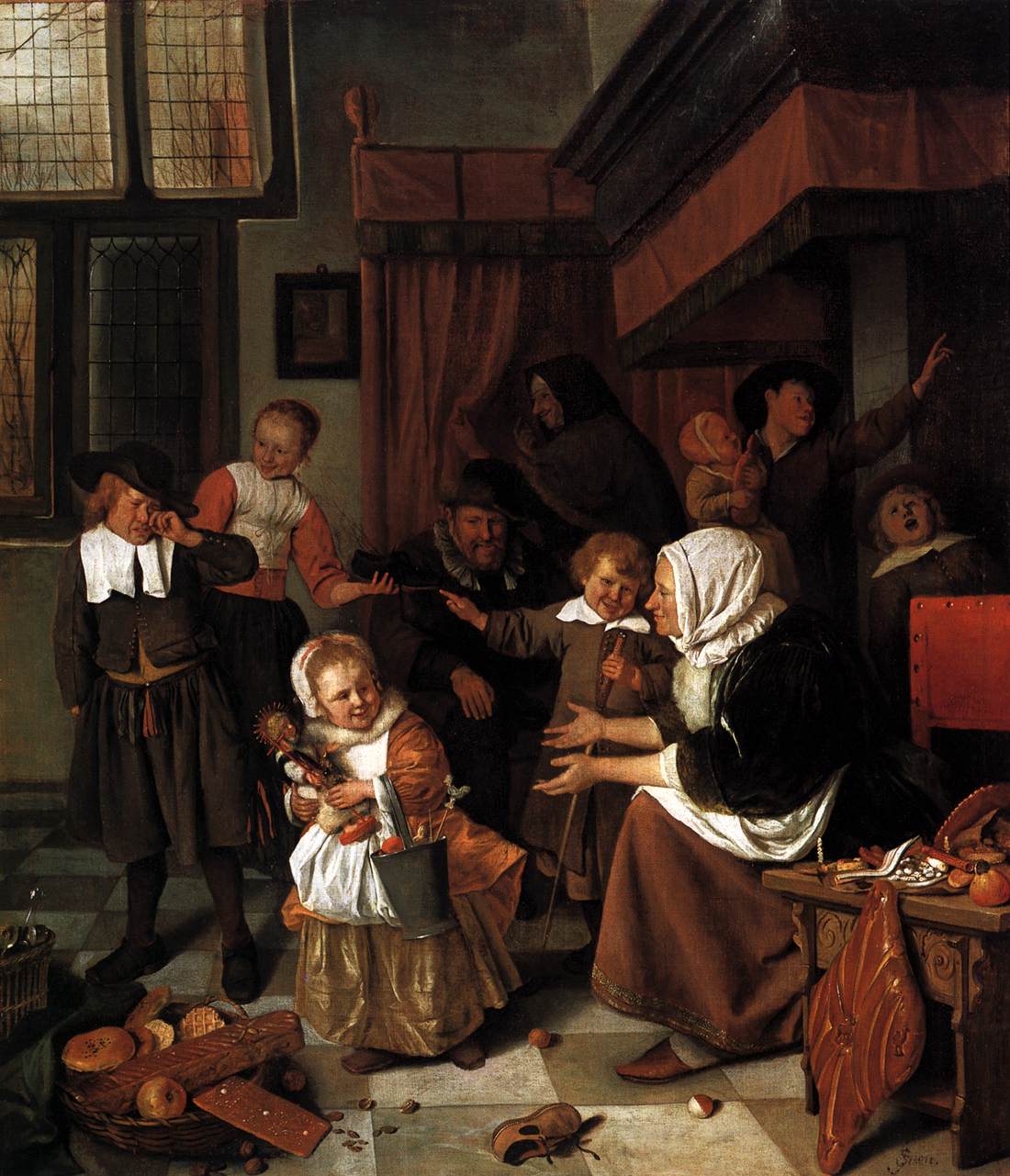
Another tradition of the evening kept each year was “the carrying round the great room of the bronze rooster that at one time surmounted the first City Hall built in New York by the Dutch in the seventeenth century”. The weathervane was presented to the Society by Washington Irving, its first Secretary, back in 1835. Some years the weathervane was oriented in turn to each speaker giving the response to the toasts accordingly.
Again, in 1907, one Dr Vandyke toasted the health of St Nicholas who “gladdens youth and makes the old seem young”. The Times relates:
“He explained that the long clay pipes which had been handed round to each guest was an old Dutch custom on St. Nicholas night. If a man got home with the pipe intact he was considered sober. Sad to relate, he said, it was the habit of those persons who had broken their own pipes to stand outside the tavern doors and break those of their more sober-minded brethren.”
While the St Nicholas Society has ancestral requirements for its membership, there are no such restrictions for the hospitable group’s guests. By the seventy-fifth anniversary of the Society in 1910, even we Irish we invited:
“William D. Murphy, who was called upon to give the toast of “Our City” said that he, an Irishman, was there at the feast for three reasons — first, because the Dutch founded the city; second, that the English took it away from them, and lastly, the Irish had it now.”
By 1919, New Yorkers were living in a changed world, with the war only just passed, and the dreaded Prohibition ever present. In that year, the Times reports that the speakers “expressed their opinions of Bolshevism, communism, and prohibition at their eighty-fourth annual dinner at Delmonico’s last night.”
Happily, these sons of Holland and devotees of Saint Nicholas kept his holy day festive despite the restrictions in place:
“Supreme Court Justice Victor J. Dowling, who was one of the speakers, expressed his thanks to the society for the Constitutional violations that had been provided for him.”
Lest you fear that the days (or nights) of celebrating this holy saint have faded into the folds of yesteryear, the Saint Nicholas Society of the City of New York is still in excellent health, and does not fail to keep the feast in accordance with the ways of its forefathers.
Indeed, the Society’s newsletter reported in 2018 that,
“Chief Steward Maximilian G. M. deCuyper Cadmus led the traditional procession of the Weathercock, which was raised high all around the room as members and guests energetically waved their napkins to generate a breeze that would waft him onto his perch near the lectern, facing east so as to crow out a warning in case of the approach of invaders from New England.”
This year the Society celebrated at the Union Club, and presented its Medal of Merit to the Harvard professor Henry Louis Gates, Jnr.
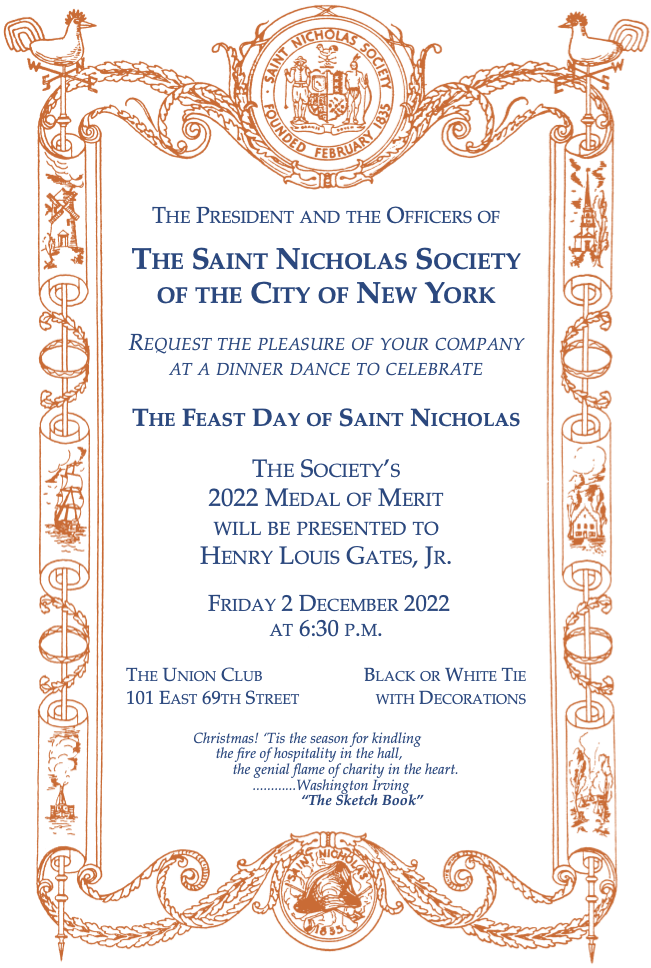
Advent Missa Cantata at St George’s
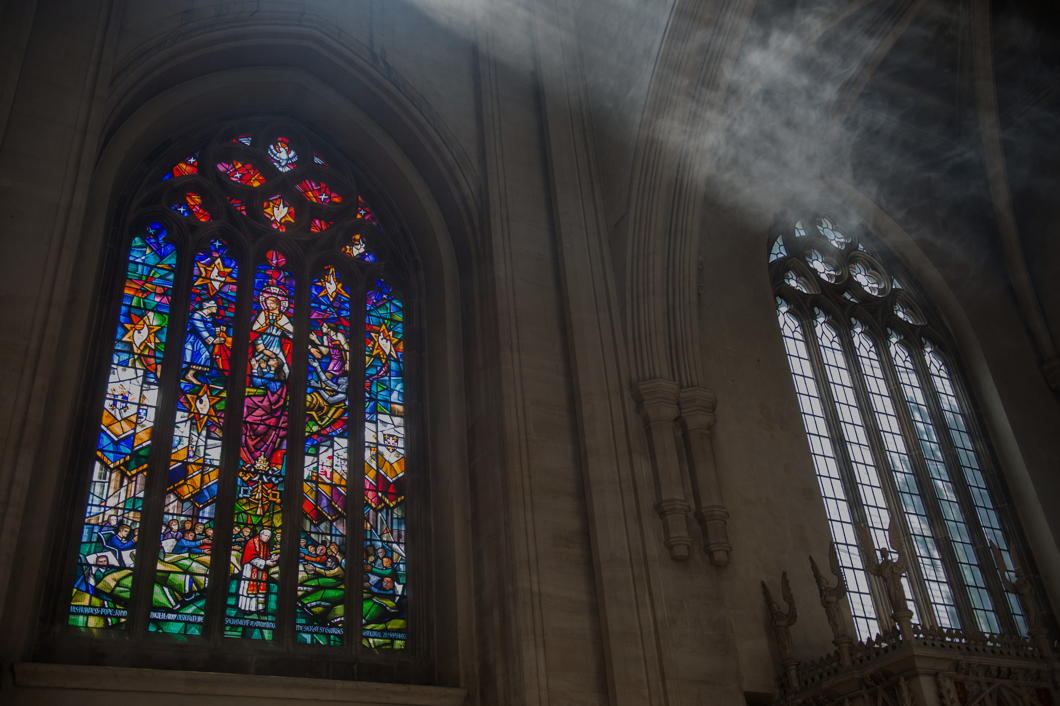
St George’s Cathedral
Lambeth Road, Southwark, London SE1 6HR
LAMBETH NORTH (Bakerloo)
ELEPHANT & CASTLE (Northern, Bakerloo)
Buses: C10, 360, 12, 453, 138, 53
A collection will be taken to defray the costs.
The Lady Chapel is to the right at the end of the north aisle of the Cathedral (on your right as you enter).
Earlier in the morning, as every Saturday at St George’s Cathedral, there will be Adoration of the Blessed Sacrament from 10:00 to 11:00 am, during which time Confessions will be heard.
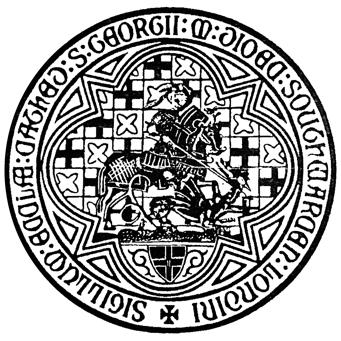
St Margaret Relic Heads to St Andrews
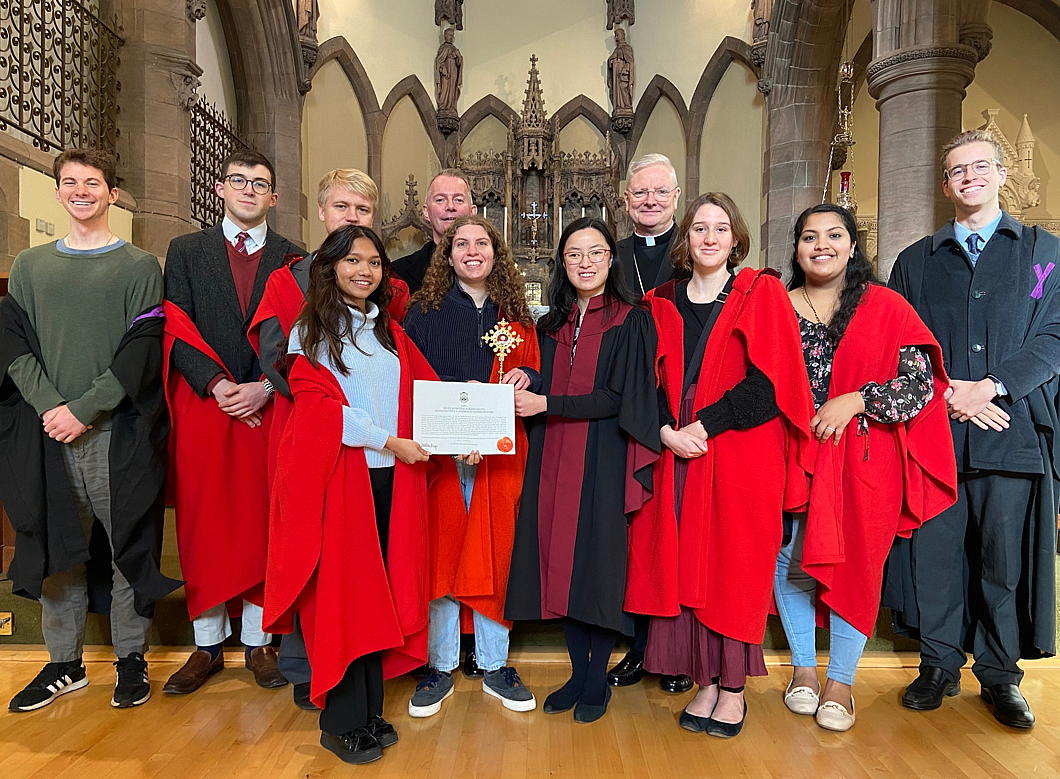
Students from St Andrews University have accompanied their Catholic chaplain to receive a relic of St Margaret of Scotland from the Archbishop of St Andrews & Edinburgh, Dr Leo Cushley.
The relic was put in the care of Canmore, the Catholic chaplaincy at St Andrews, whose chapel is dedicated to the Hungary-born English princess who became Scotland’s saintly queen.
When the relic in St Margaret’s Church in Dunfermline — the country’s royal centre in the twelfth and thirteenth centuries — were being removed from their reliquary the piece of bone fragmented.
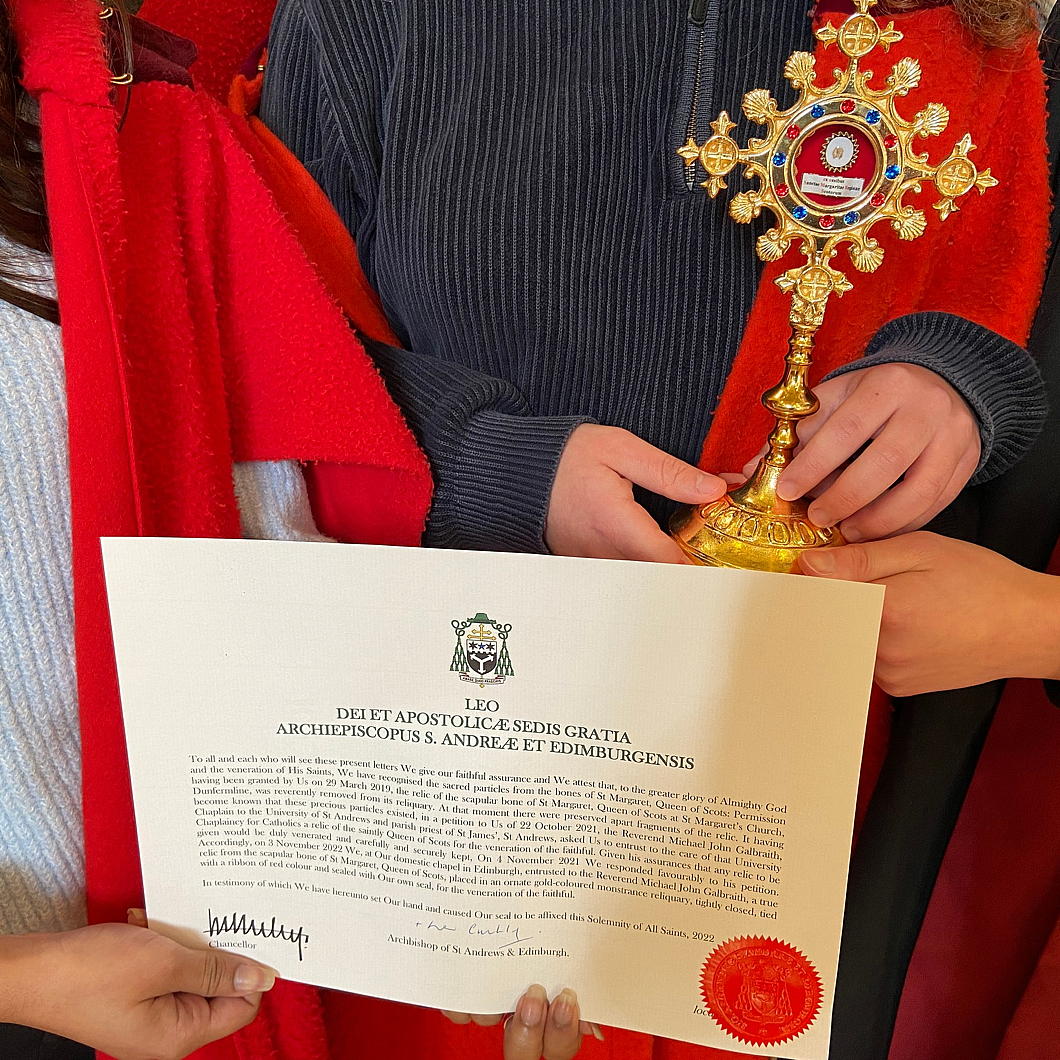
The Archdiocese decided to make this an opportunity for the relics of the royal saint to be distributed further.
This relic of St Margaret will remain in Canmore where it will be available for veneration by students and other visitors.
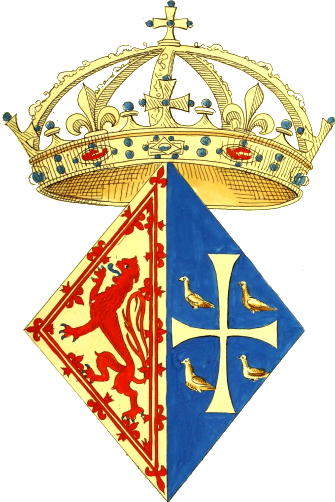
SAINT MARGARET
QUEEN OF SCOTLAND
pray for us
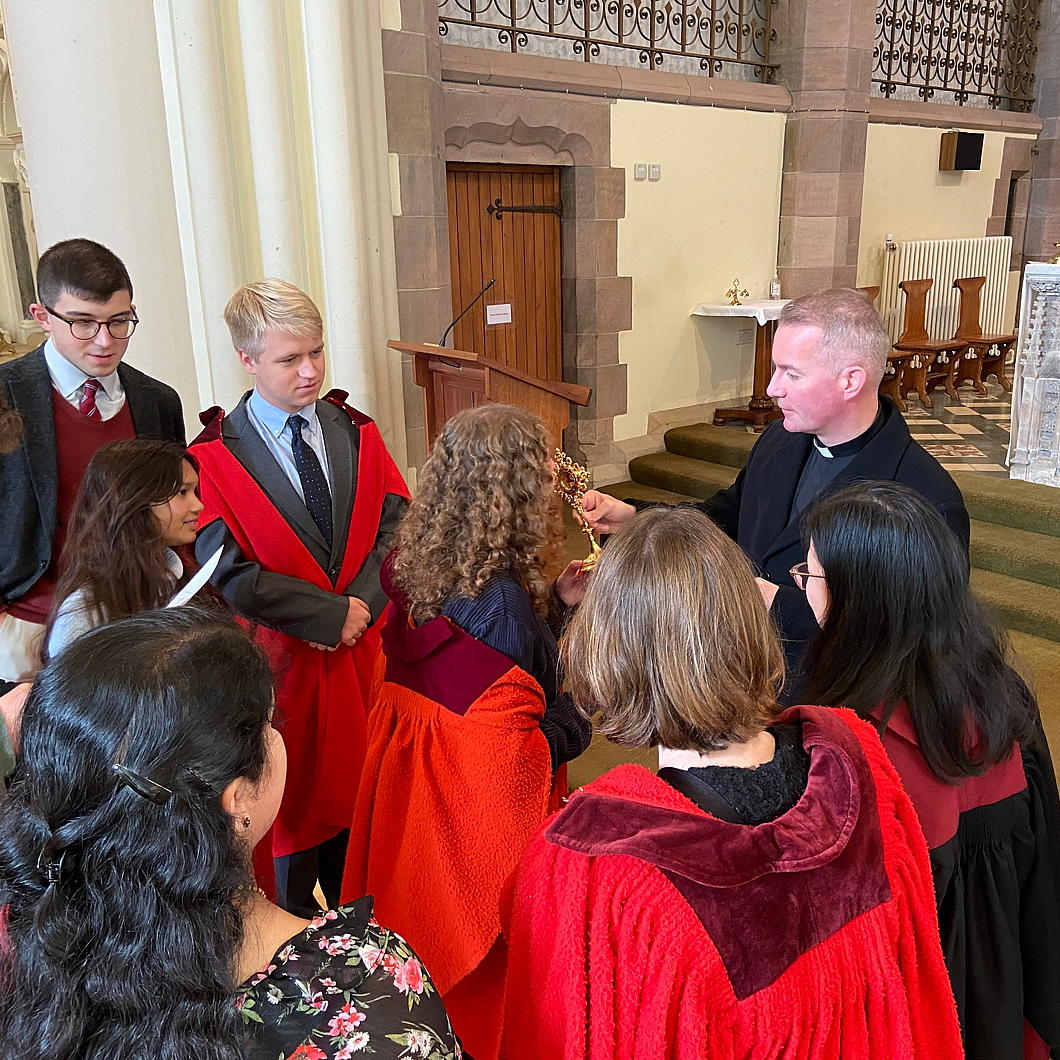
LMS Quarterly Mass at St George’s
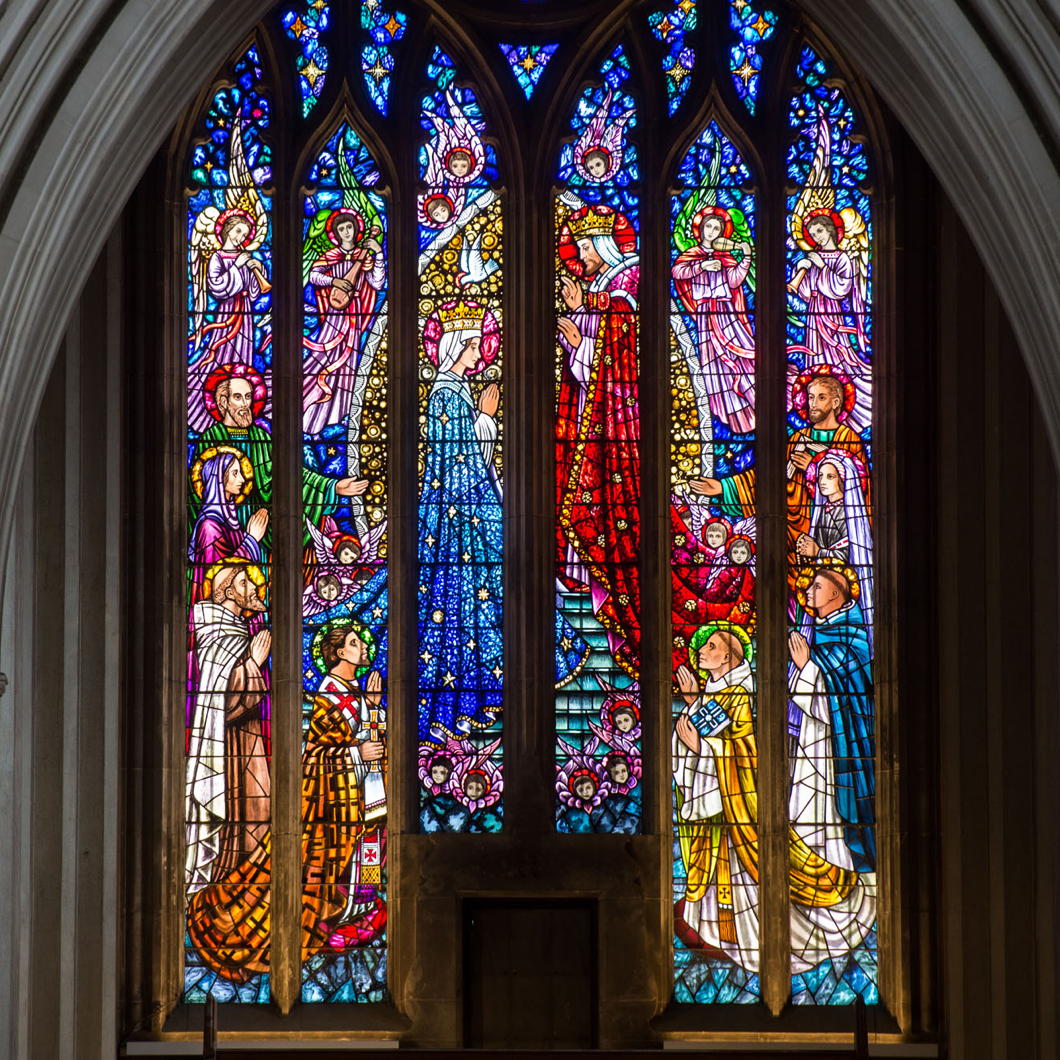
the regular quarterly Extraordinary Form Mass organised by the Latin Mass Society of England & Wales
will take place at
The Lady Chapel is to the right at the end of the north aisle of the Cathedral (on your right as you enter).
Earlier in the morning, as every Saturday at St George’s Cathedral, there will be Adoration of the Blessed Sacrament from 10:00 to 11:00 am, during which time Confessions will be heard.
The Installation of the Grand Prior of England
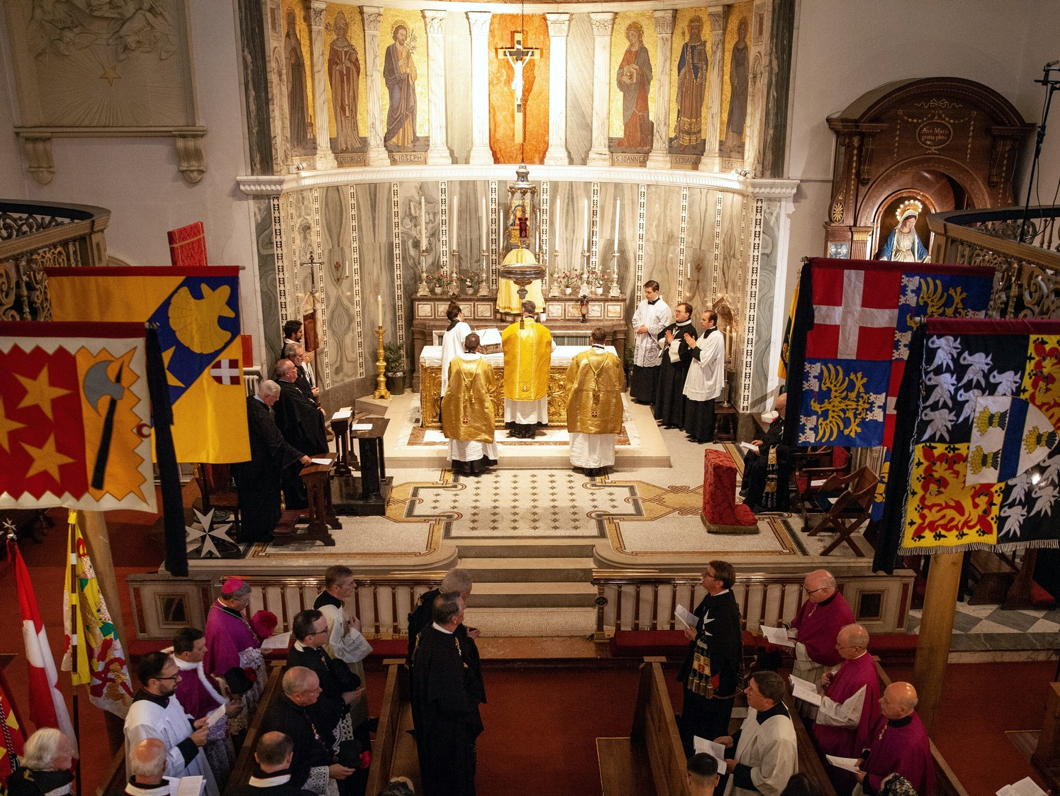
All photos © Grand Priory of England
Msgr John Armitage gave this sermon on the occasion.
“Brethren, we know that in everything God works for good with those who love him, who are called according to his purpose.”
In a world that seeks fulfilment by seeking what I want, the Church is the witness, that the good we encounter in our world, is the result of the God who works for this good through those who love him, for the whole of creation is called according to his purpose. Only love can give our lives meaning and purpose, and our true fulfilment is a consequence of not doing what I want, but seeking, sharing, and doing what we need, building the common good of all humanity. The Church has its fair share of those of us who do what we want, but our Order has been greatly blessed by those whose lives had been dedicated to building up the body of Christ, living witnesses of what we need, these people we call saints.
Our founder Blessed Gerard, was known by his contemporaries as “the humblest man in the East, a servant of the poor, devoted to pilgrims, of simple appearance, but shining forth with his noble heart.” In the darkness of 1941 Pope Pius XII in an address to the Order, explained the true meaning of nobility:
“In these poor, these orphans these wounded these lepers, lie you own title deeds of nobility, received at Bethlehem from the King of Kings who being rich became poor, that by his poverty you might be rich.”
In every moment in time there is a grace to be found, and the history of the Church shows us that it is in the darkest moments that God’s grace is most profound. “For where sin increased, grace increased all the more.” (Romans 5:20)
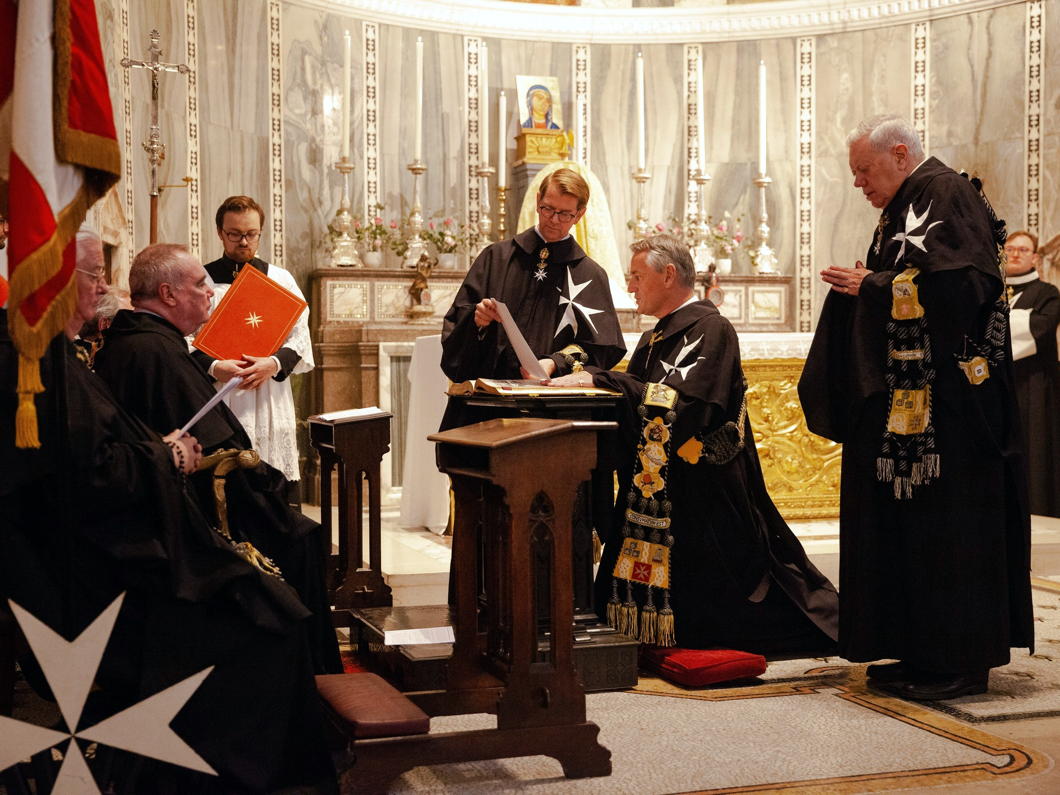
When Pope Gregory the Great sent St Augustine to evangelise the pagan English, Rome was a dark and dangerous place, the Roman Empire was collapsing, the barbarians were at the gates, plague was rife, yet the successor of Peter sent a frightened monk to the edge of a crumbling empire. Pope Gregory understood the wisdom of the modern saying “Better to light one candle than to curse the darkness.”
Augustine built a monastery, it was the spiritual foundation, lighting the flame of faith for his companions to spread the Good News in a dark and dangerous land. All works of the Gospel must be based on firm spiritual foundations which from time to time must be renewed. (more…)
St George’s Basilica, Prague Castle
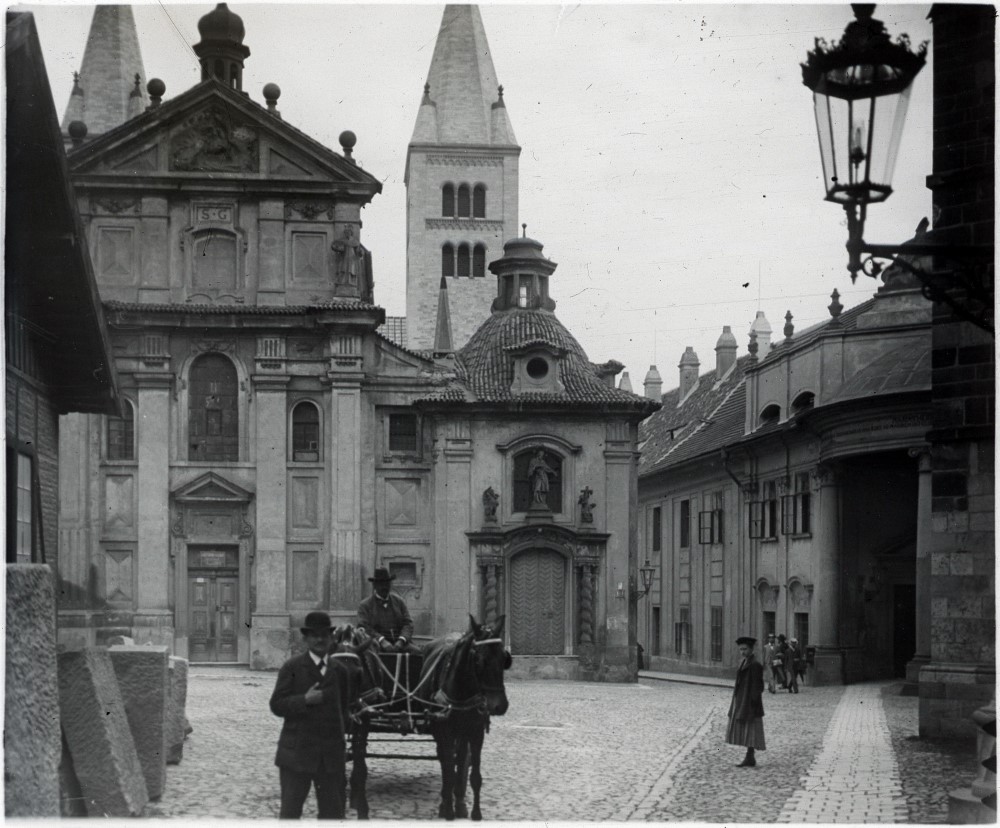
Corpus Christi
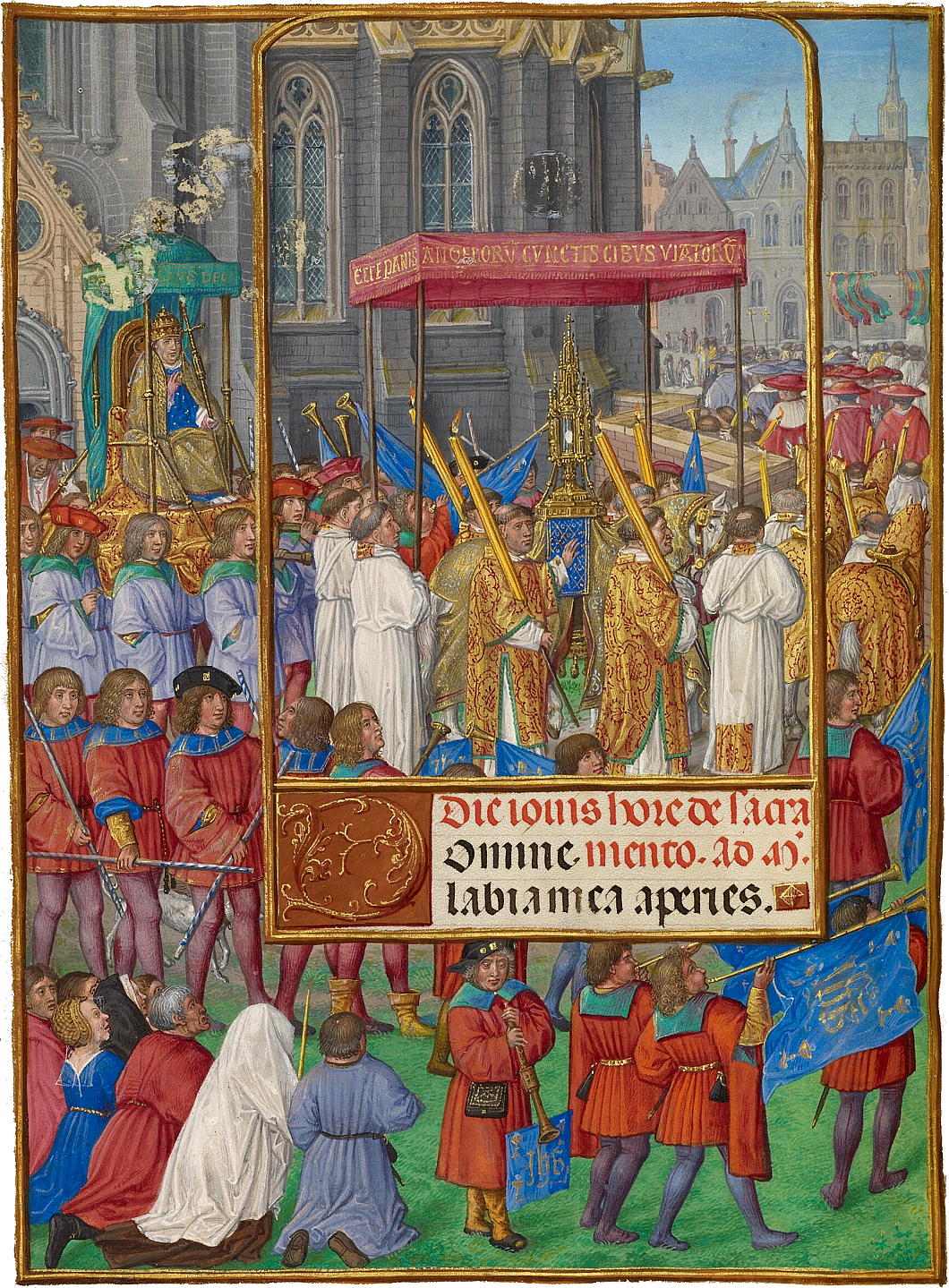
The Master of James IV of Scotland, Flemish c. 1541; Getty Museum
Thomas More’s London
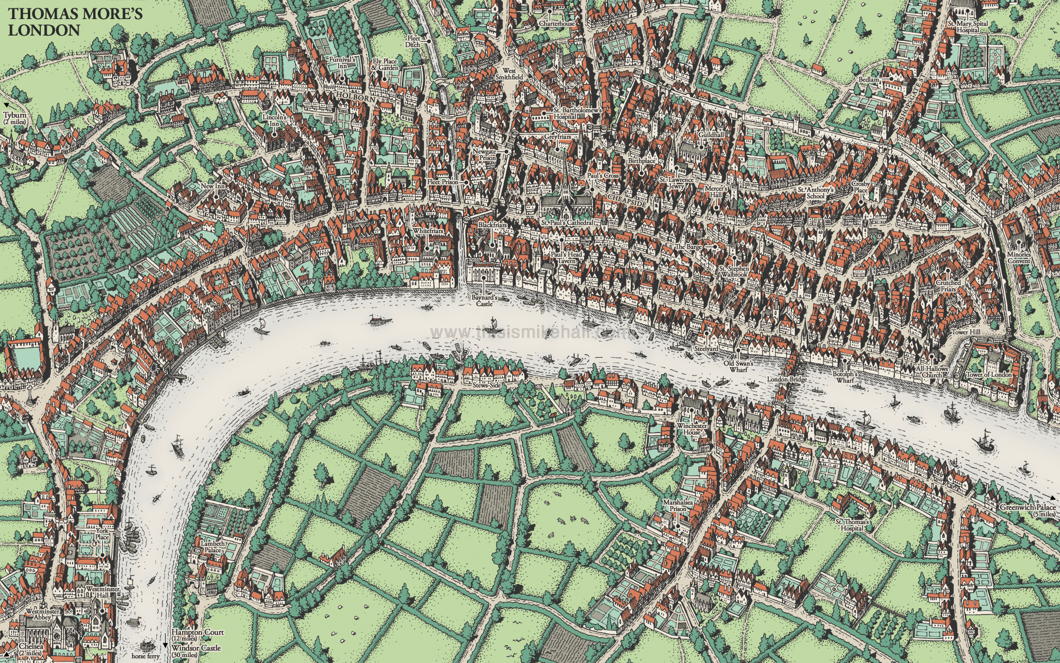
There are almost as many Londons as there are Londoners. There’s Shakespeare’s London, Pepys’s London, Johnson’s London — even fictional characters like Sherlock Holmes have their own London.
The city of Saint Thomas More takes form in a representation made by the excellent map designer Mike Hall, Harlow-born but now based in Valencia.
This map was commissioned from Hall by the Centre for Thomas More Studies in Texas and the designer based the view and the colour scheme on Georg Braun and Frans Hogenberg’s map of London from their 1617 Civitates Orbis Terrarum
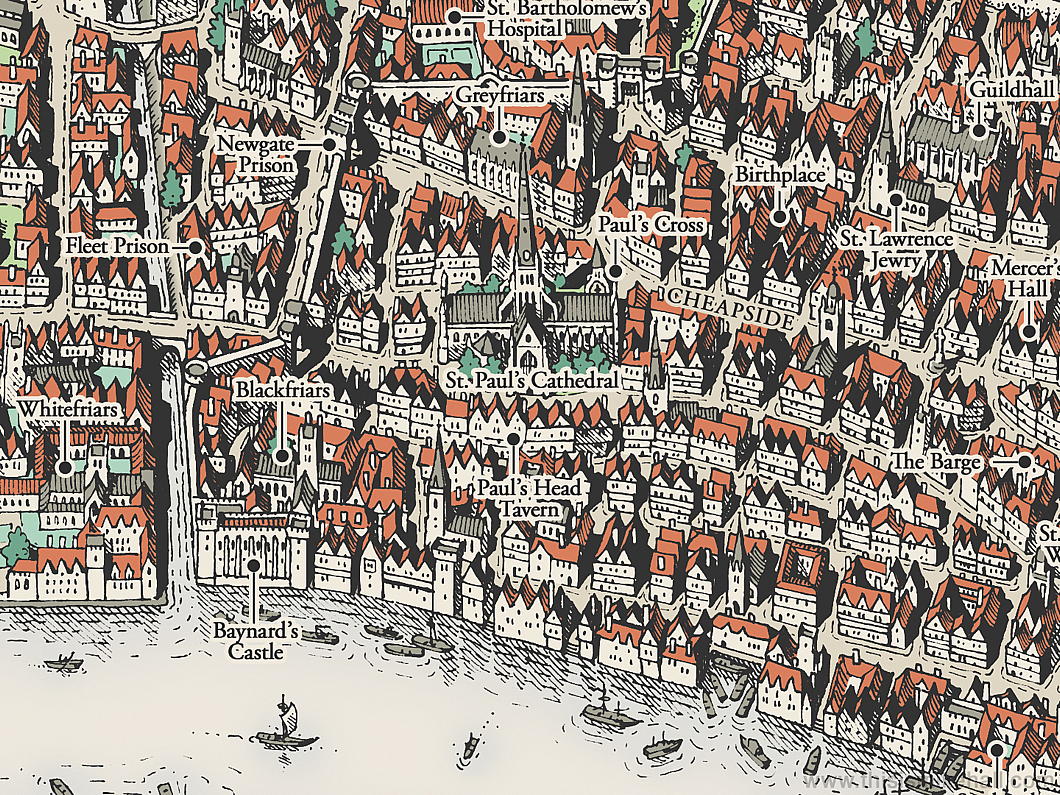
From his birthplace in Milk Street to the site of his execution, all the sites from the great points of More’s life are here in this map.
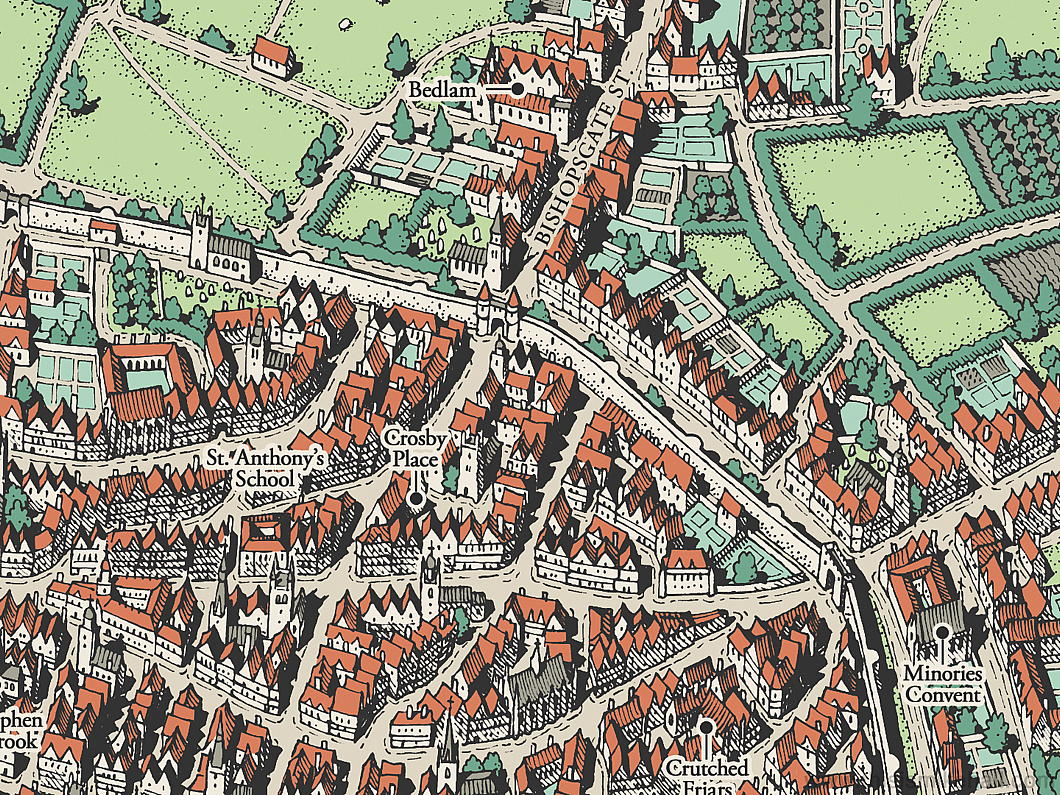
The future Lord Chancellor was educated at the school founded by the Hospital Brothers of Saint Anthony, one of the best in the City of London, and when he finished at Oxford returned to London to study law at New Hall and Lincoln’s Inn.
Crosby Place, the house that he bought in 1523 is not far from St Anthony’s School though its surviving remnant was moved brick by brick to Cheyne Walk in 1910 — a site close to More’s Chelsea residence of Beaufort House.
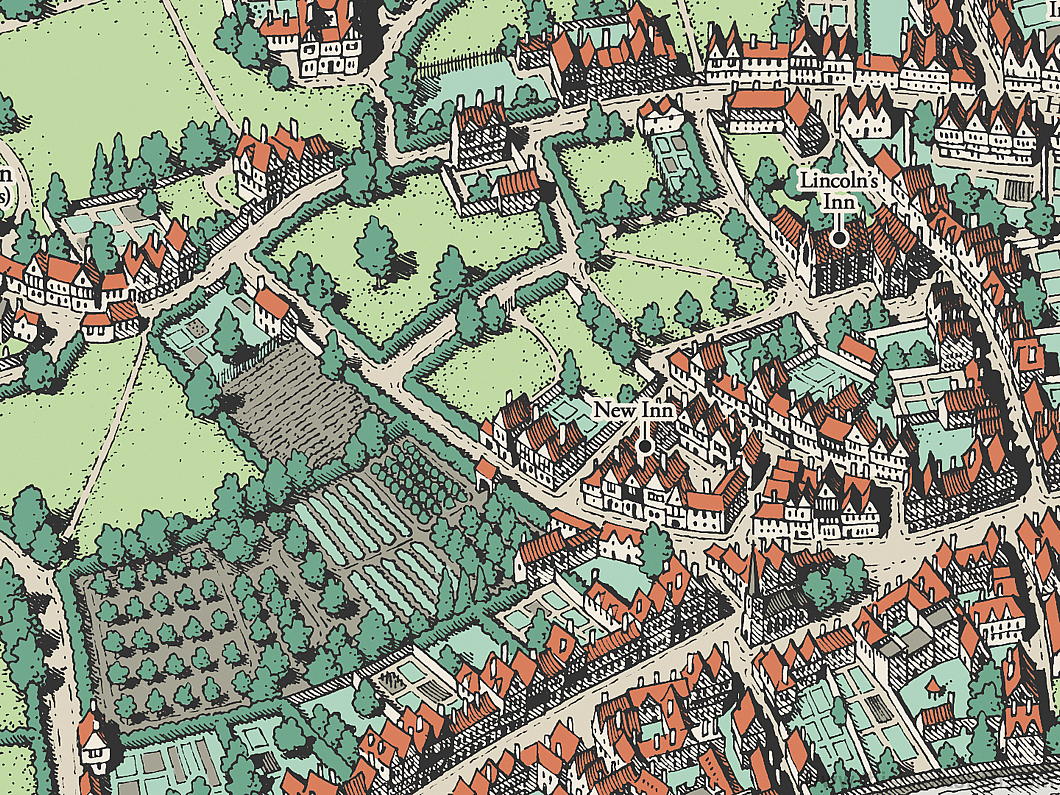
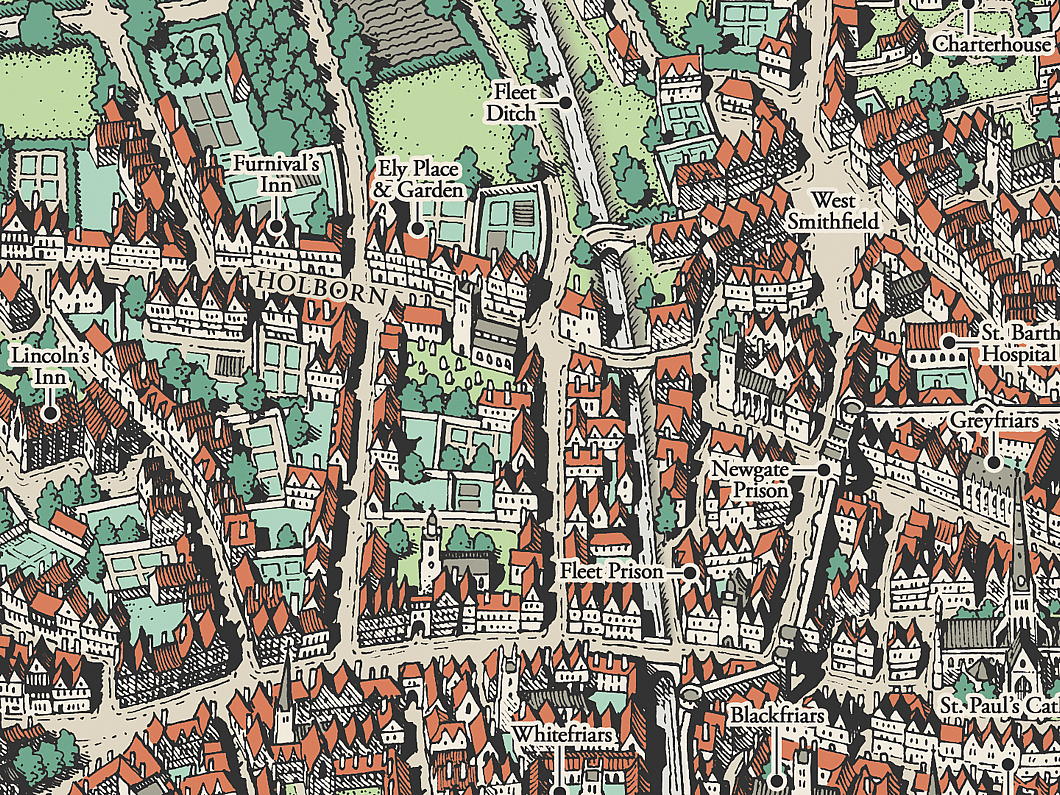
The chapel of Ely Place — town palace of the Bishop of Ely — still survives as St Etheldreda’s, the only mediæval church in London now in use as a Catholic parish.

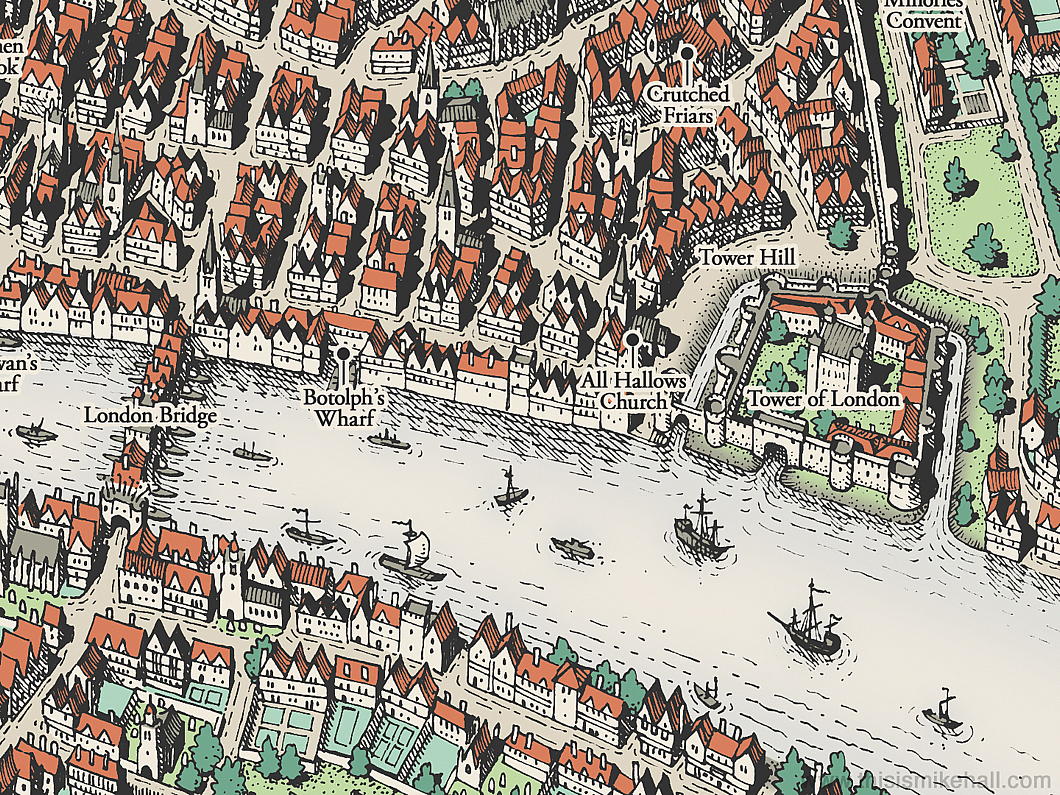
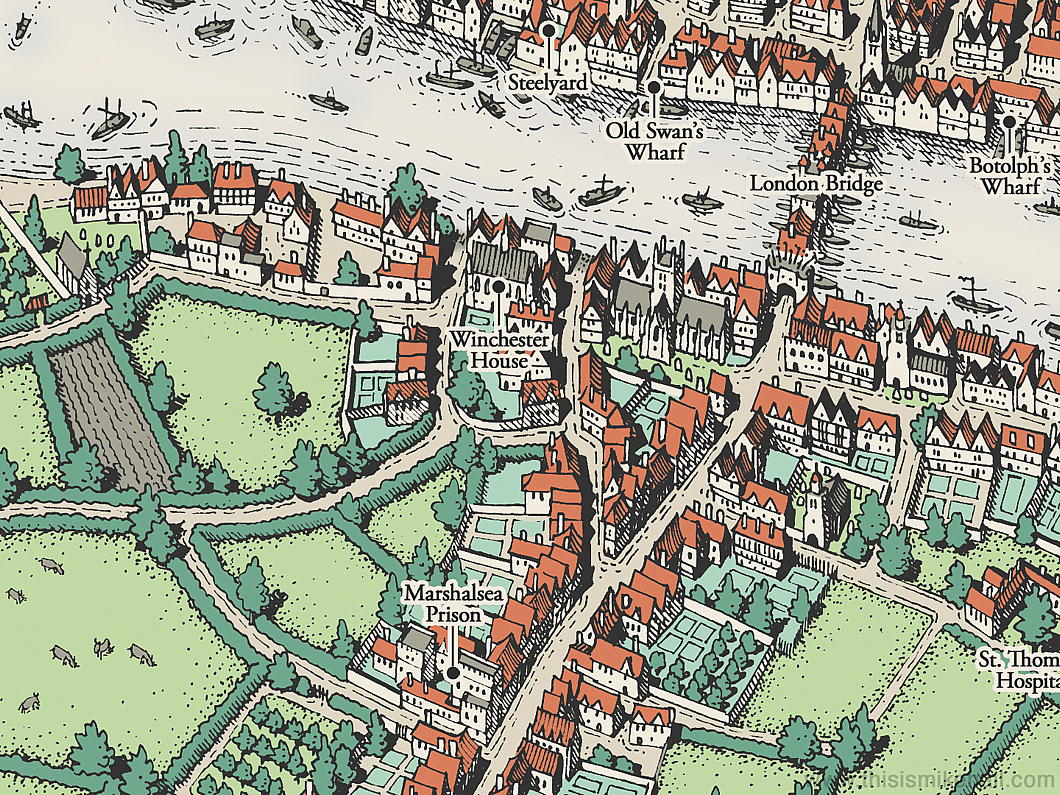
God’s own Borough of Southwark gets a look in as well, with the Augustinian priory of St Mary Overs (now the Protestant cathedral of Southwark) and the town palace of the bishops of Winchester. Remnants of the great hall of Winchester Palace remains standing to this day.
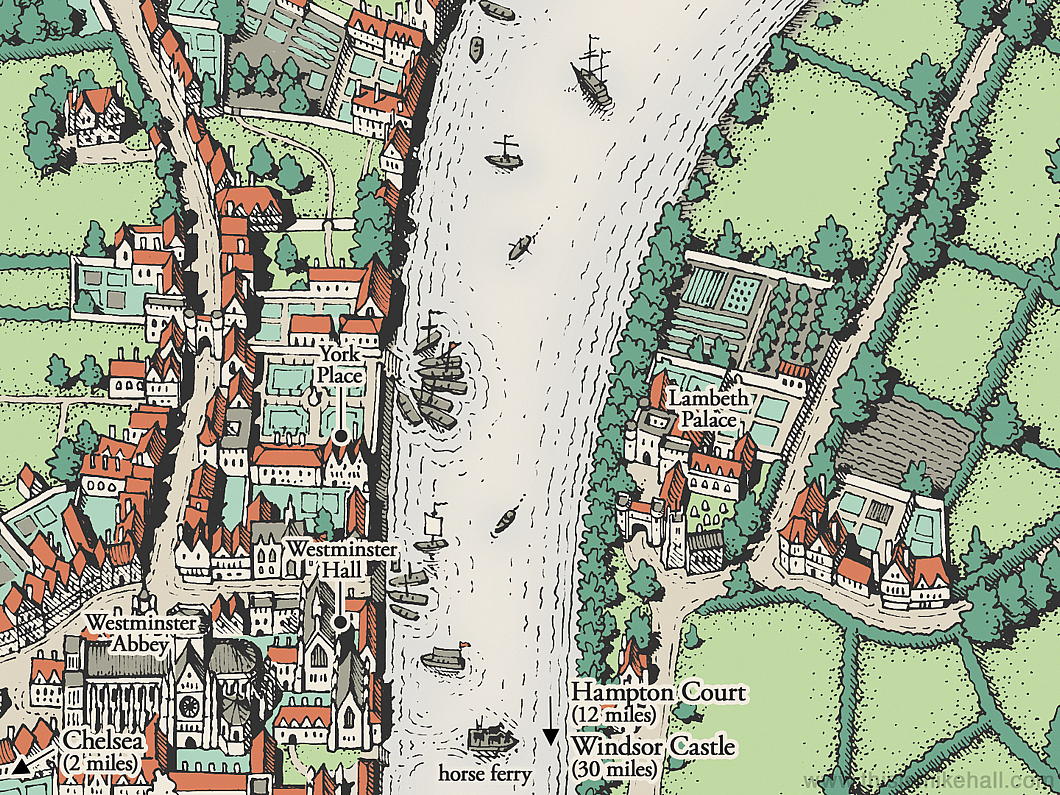
As is the mapmaker’s privilege, Mr Hall has taken some liberties: in order to fit Lambeth Palace — the residence of the Archbishop of Canterbury (and Primate of All England) he’s shifted it a bit north of its actual spot.
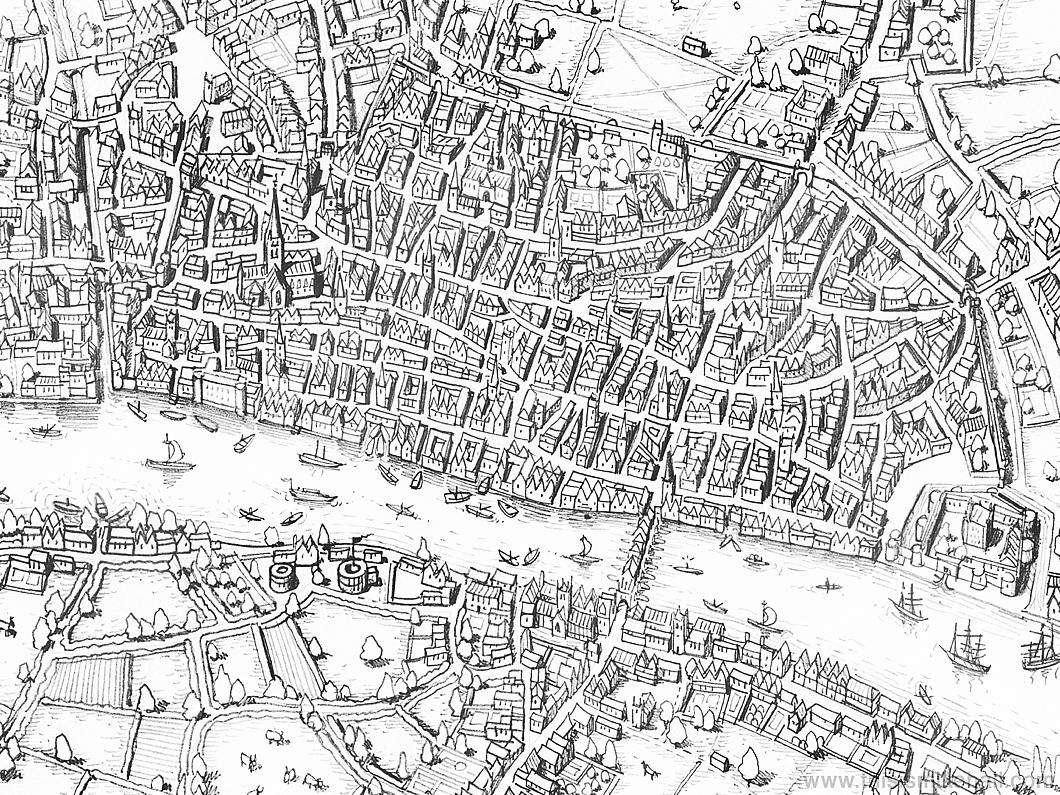
I wish he’d kept the Rose and Globe theatres which he included in his initial sketch for the map — Southwark was the theatre district of its day.
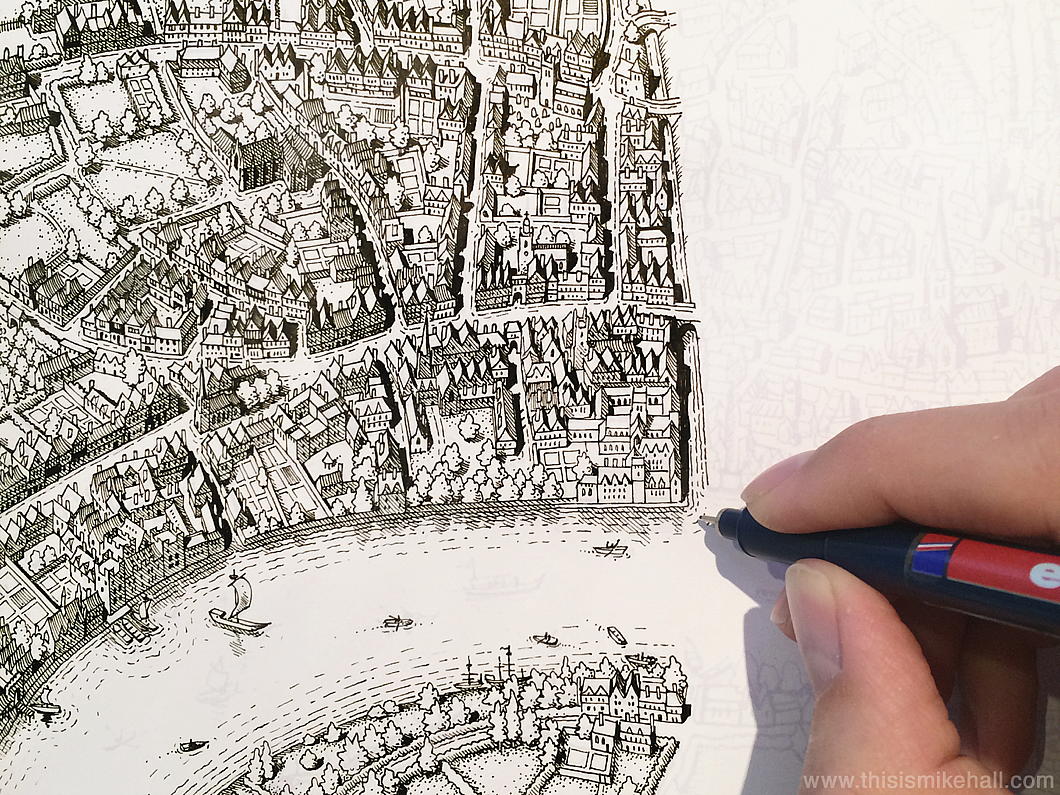
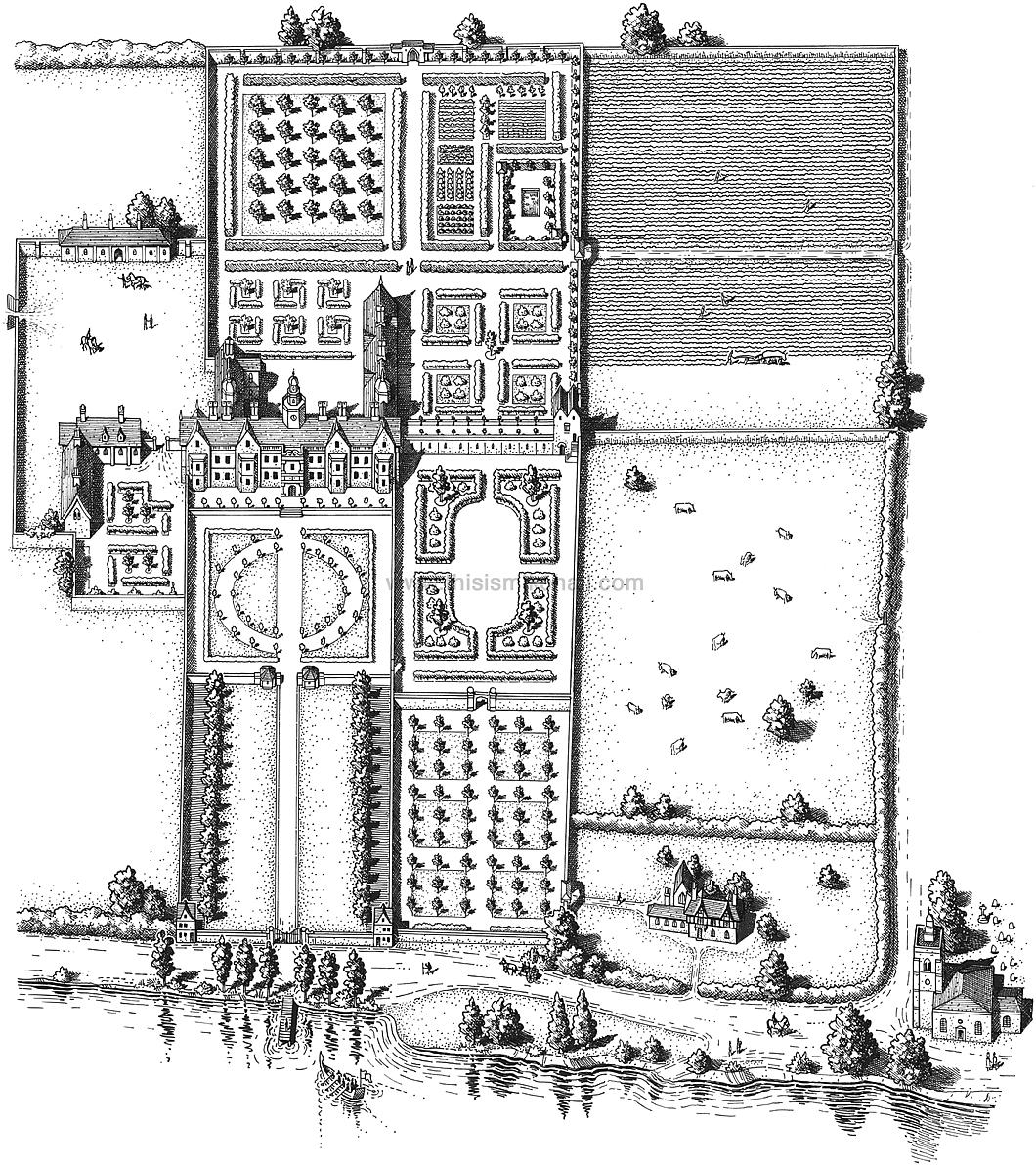
Hall also completed a sketch of Beaufort House as it would have appeared during St Thomas More’s lifetime. The house was demolished in 1740, and today’s Beaufort Street runs the line of the main drive leading up to it.
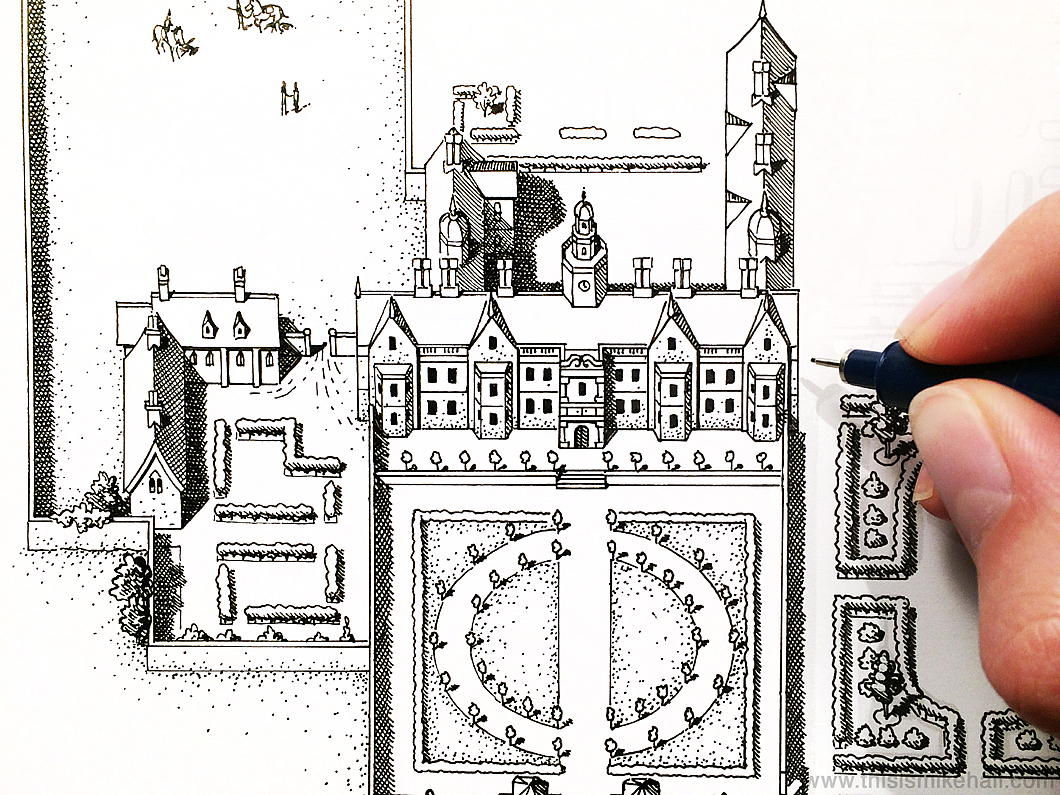
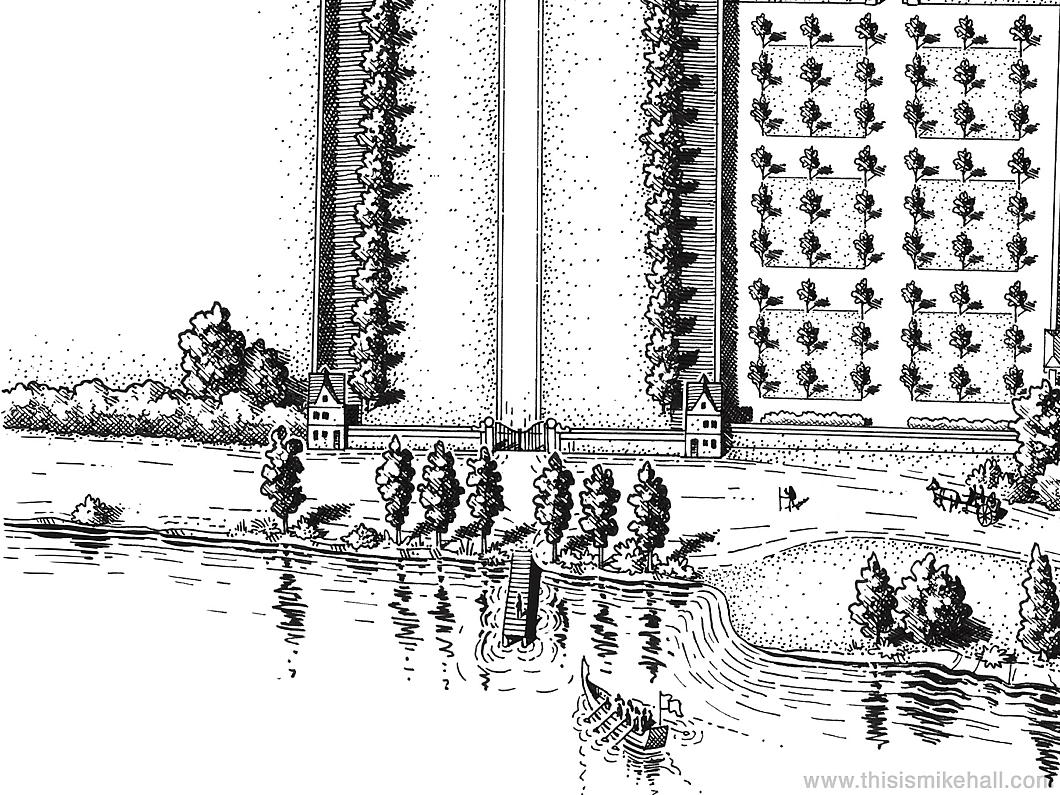
The Church of All Saints at Chelsea (now known as Chelsea Old Church) is at the bottom of the sketch and is where the More family burial vault is. His severed head is believed to be entombed there to this day.
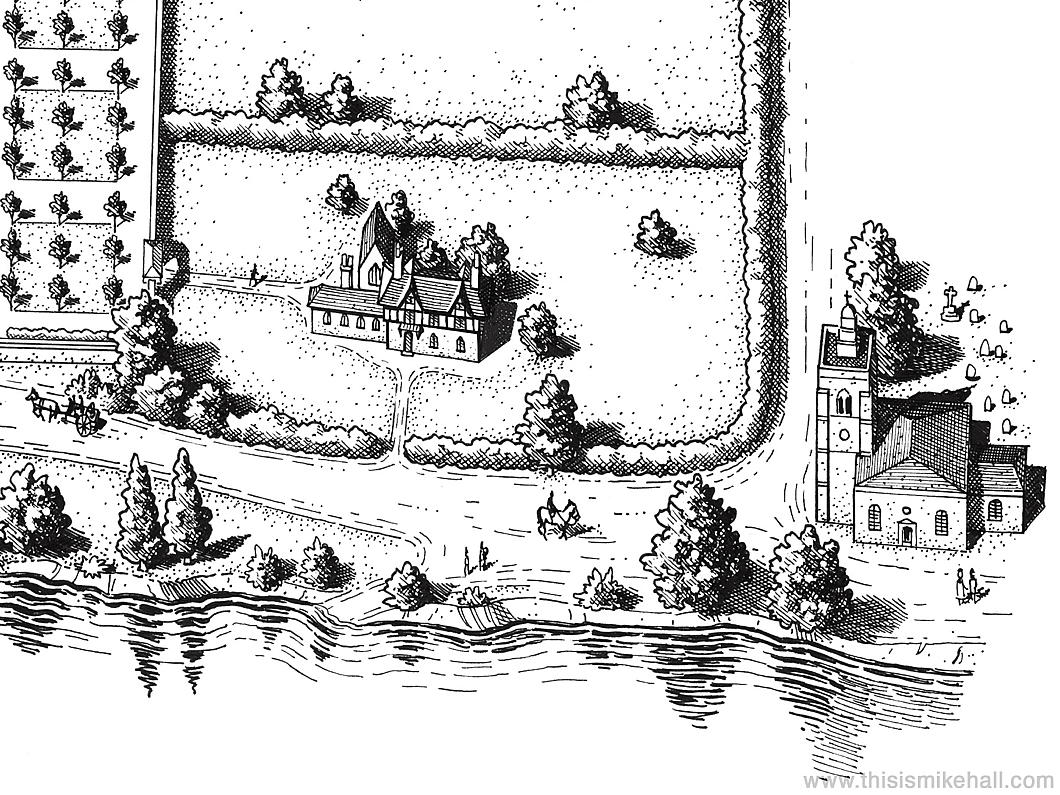
Lady Day 2022
The Feast of the Annunciation — “Lady Day in Lent” to distinguish it from the Assumption which is “Lady Day in Harvest” — was for much of Christendom the first day of the new calendar year and remains one of the traditional Quarter Days of England.
Eleanor Parker — aka “A Clerk of Oxford” — explains here why Lady Day is so important:
It was both the beginning and the end of Christ’s life on earth, the date of his conception at the Annunciation and his death on Good Friday.
To underline the harmony and purpose which, in the eyes of medieval Christians, shaped the divinely-written narrative of the history of the world, 25 March was also said to be the date of other significant events: the eighth day of Creation, the crossing of the Red Sea, the sacrifice of Isaac, and other days linked with or prefiguring the story of the world’s fall and redemption.
The date occurs at a conjunction of solar, lunar, and natural cycles: all these events were understood to have happened in the spring, when life returns to the earth, and at the vernal equinox, once the days begin to grow longer than the nights and light triumphs over the power of darkness.
The last time I wrote about today’s feast I also pointed out it’s also the reason why many English pubs are called ‘The Salutation’.
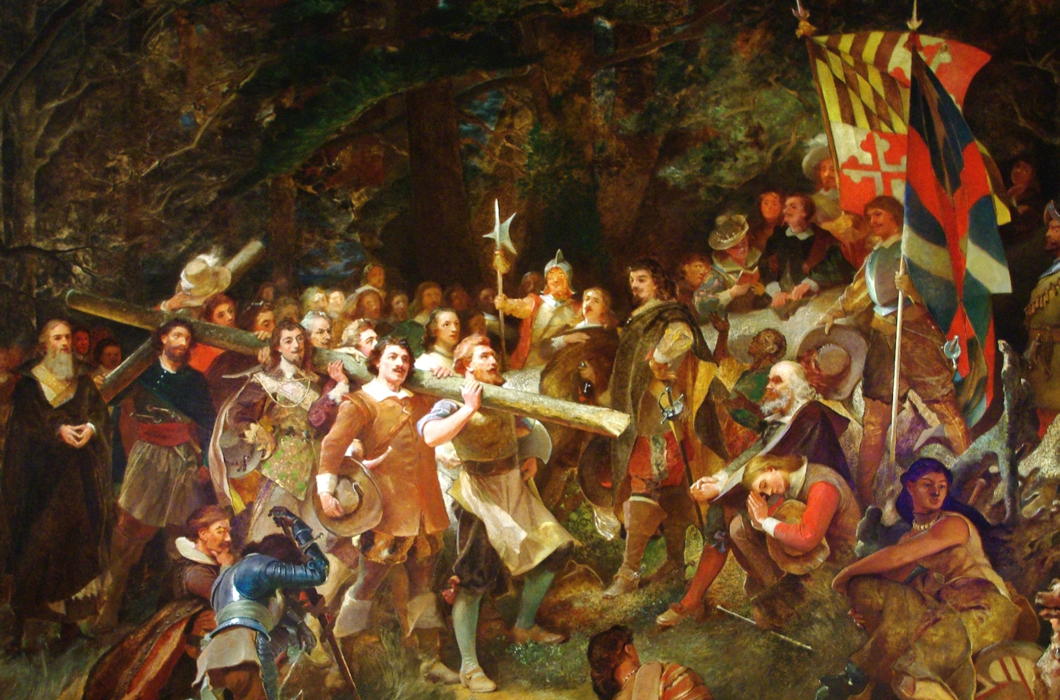
It was also on this day in 1654 that the English Catholic colonists aboard the Ark and the Dove arrived in the New World and founded the city of Saint Mary in Maryland, as depicted in the painting above.
Thus the Feast of the Annunciation is officially recognised as the State Day of Maryland.
The cause of all this joy is related best in the Gospel according to St Luke:
AND IN THE SIXTH MONTH, the angel Gabriel was sent from God into a city of Galilee, called Nazareth, To a virgin espoused to a man whose name was Joseph, of the house of David; and the virgin’s name was Mary.
And the angel being come in, said unto her: Hail, full of grace, the Lord is with thee: blessed art thou among women.
Who having heard, was troubled at his saying, and thought with herself what manner of salutation this should be.
And the angel said to her: Fear not, Mary, for thou hast found grace with God.
Behold thou shalt conceive in thy womb, and shalt bring forth a son; and thou shalt call his name Jesus.
He shall be great, and shall be called the Son of the most High; and the Lord God shall give unto him the throne of David his father; and he shall reign in the house of Jacob for ever. And of his kingdom there shall be no end.
And Mary said to the angel: How shall this be done, because I know not man?
And the angel answering, said to her: The Holy Ghost shall come upon thee, and the power of the most High shall overshadow thee. And therefore also the Holy which shall be born of thee shall be called the Son of God.
And behold thy cousin Elizabeth, she also hath conceived a son in her old age; and this is the sixth month with her that is called barren: Because no word shall be impossible with God.
And Mary said: Behold the handmaid of the Lord; be it done to me according to thy word. And the angel departed from her.
Search
Instagram: @andcusack
Click here for my Instagram photos.Most Recent Posts
- Burns Tower April 19, 2024
- Patrick in Parliament March 18, 2024
- Articles of Note: 13 March 2024 March 13, 2024
- Cambridge March 9, 2024
- Taken on Trust March 4, 2024
Most Recent Comments
Book Wishlist
Monthly Archives
Categories

